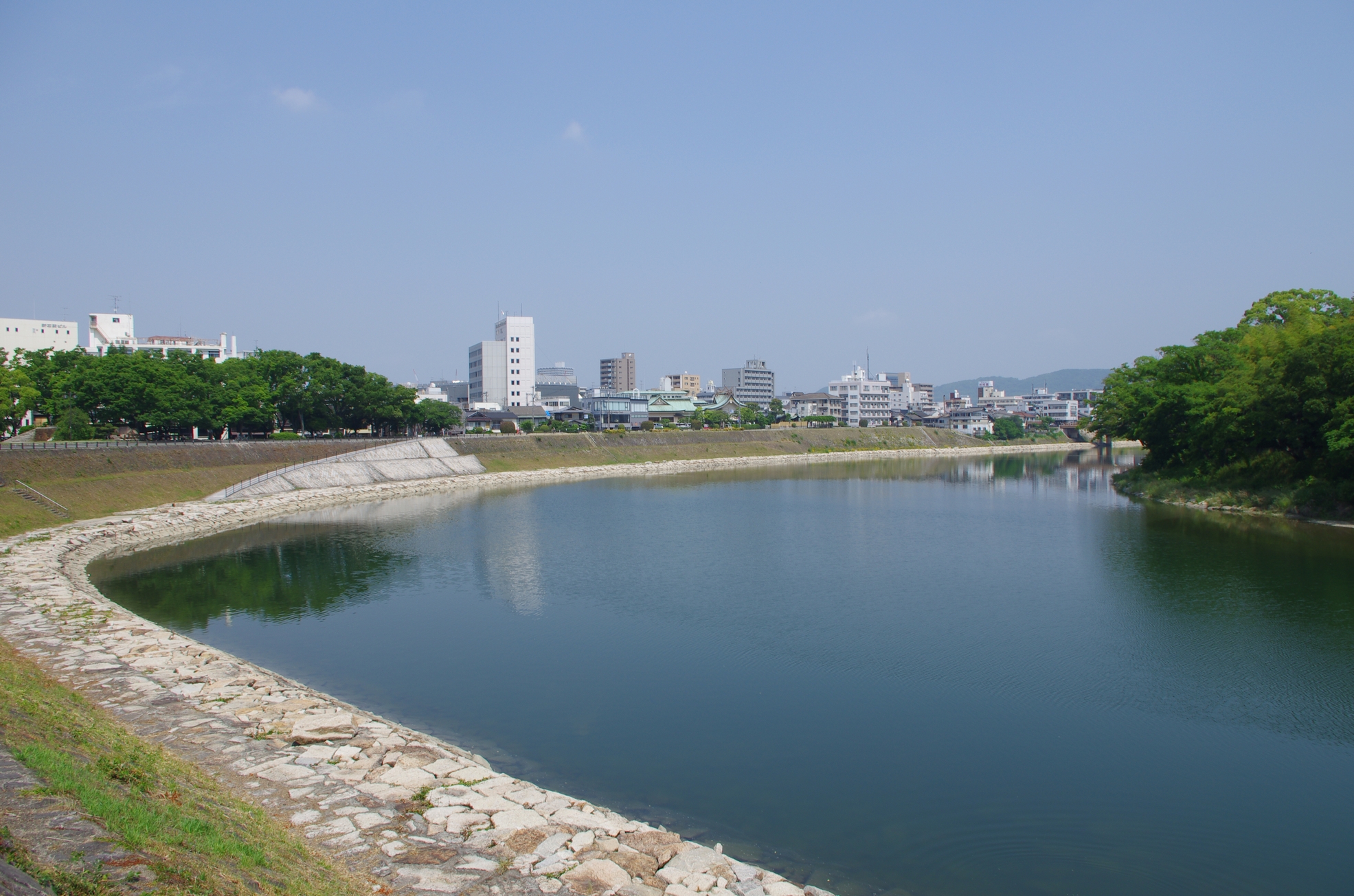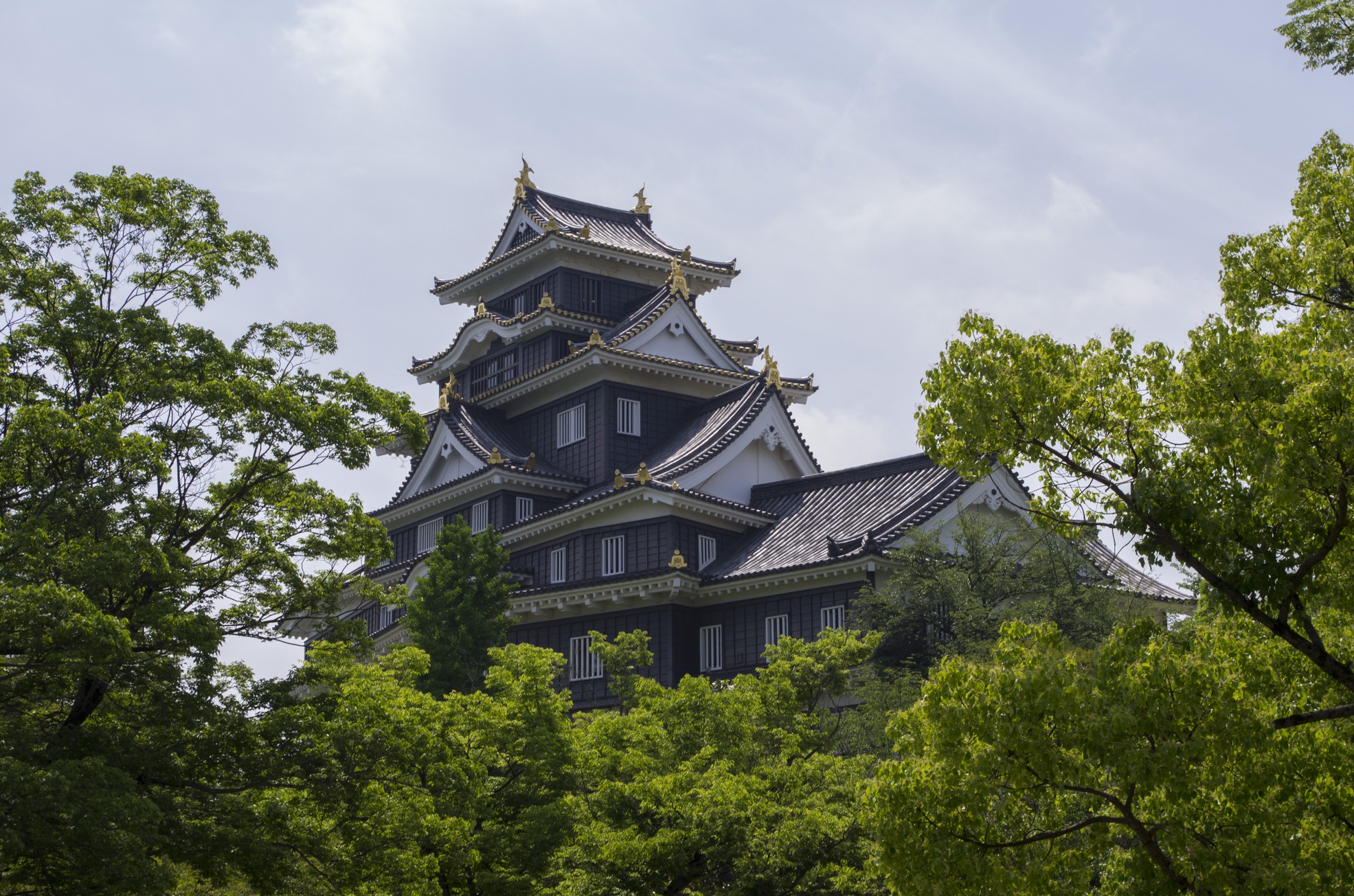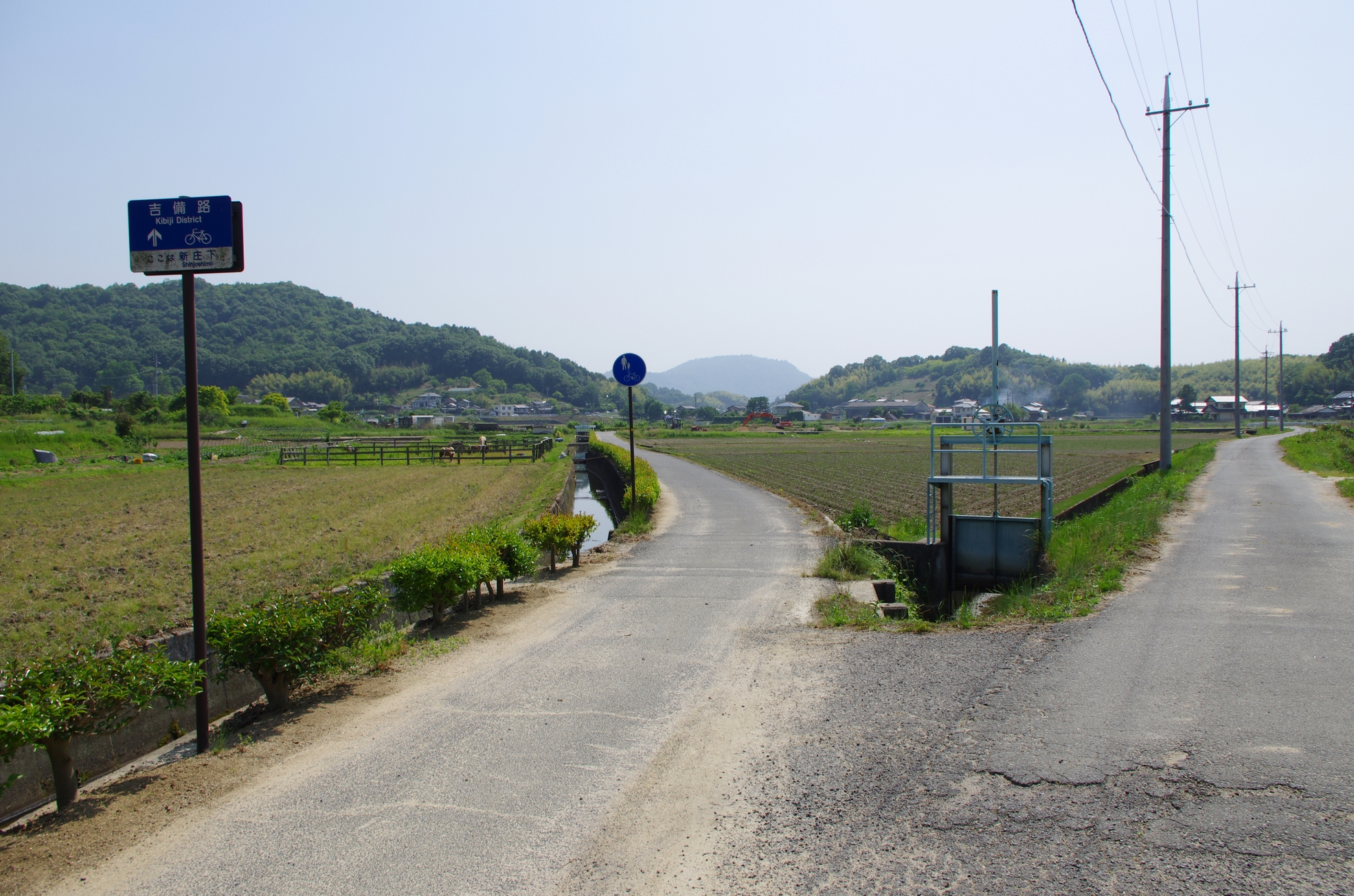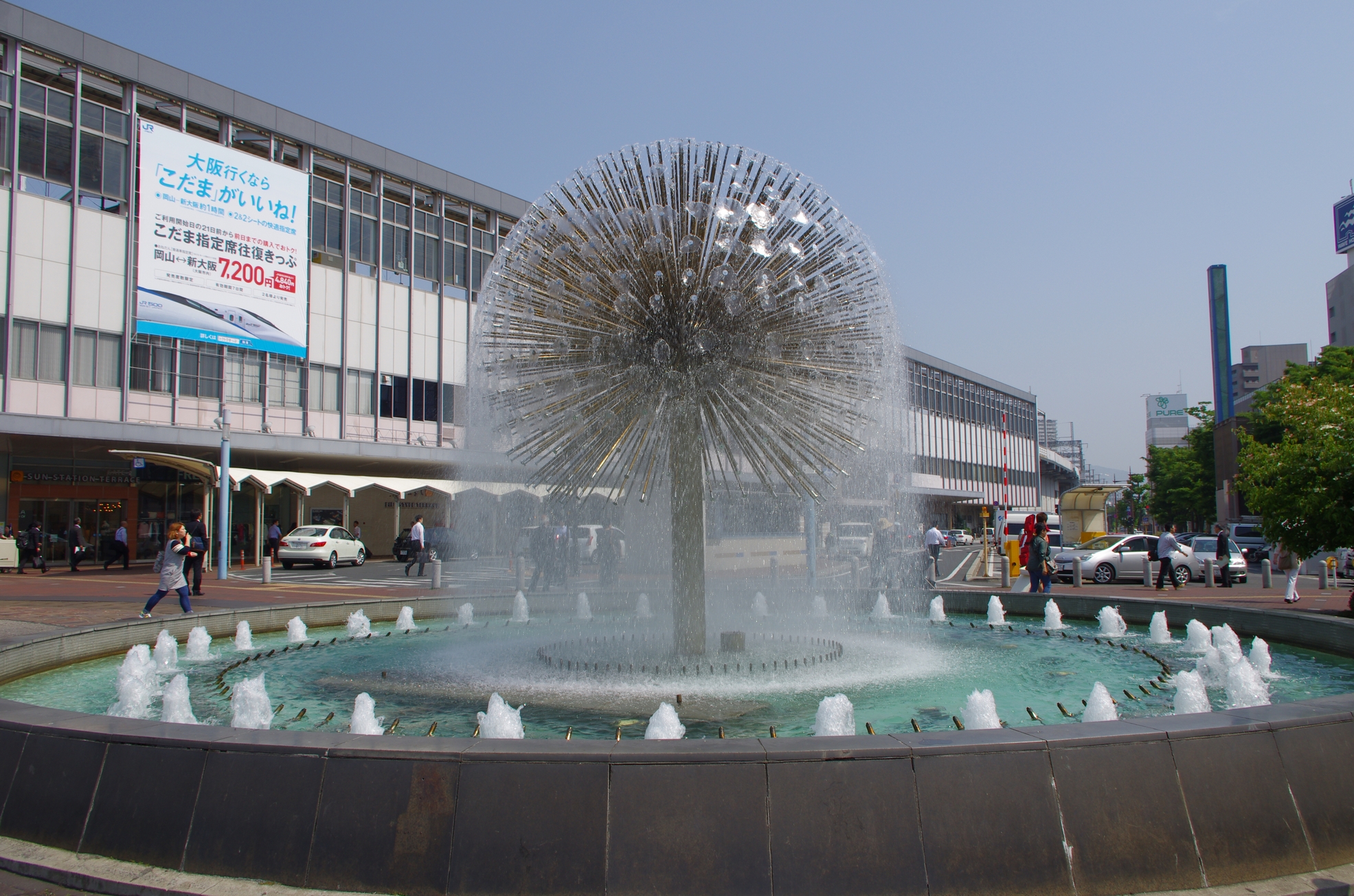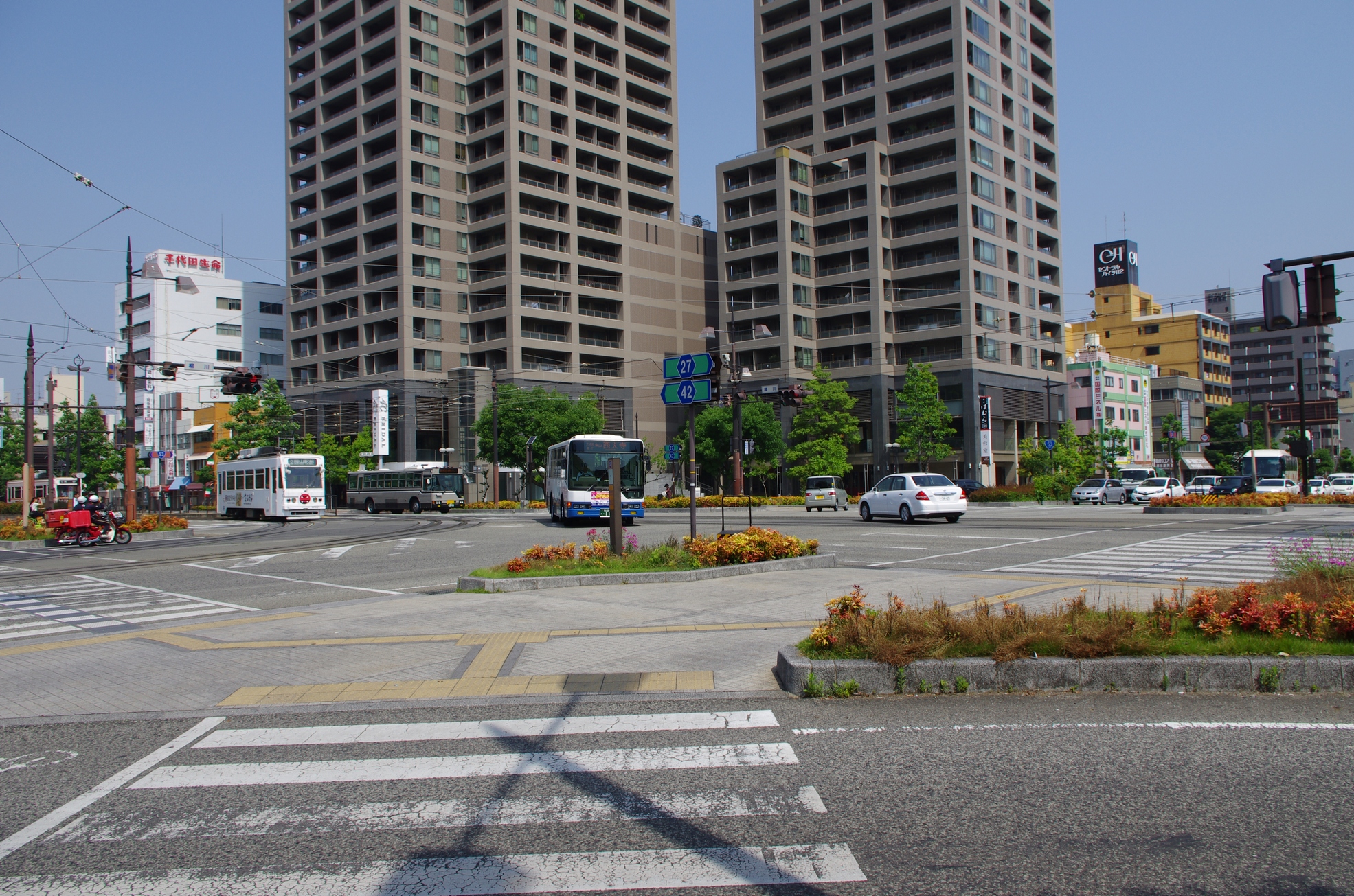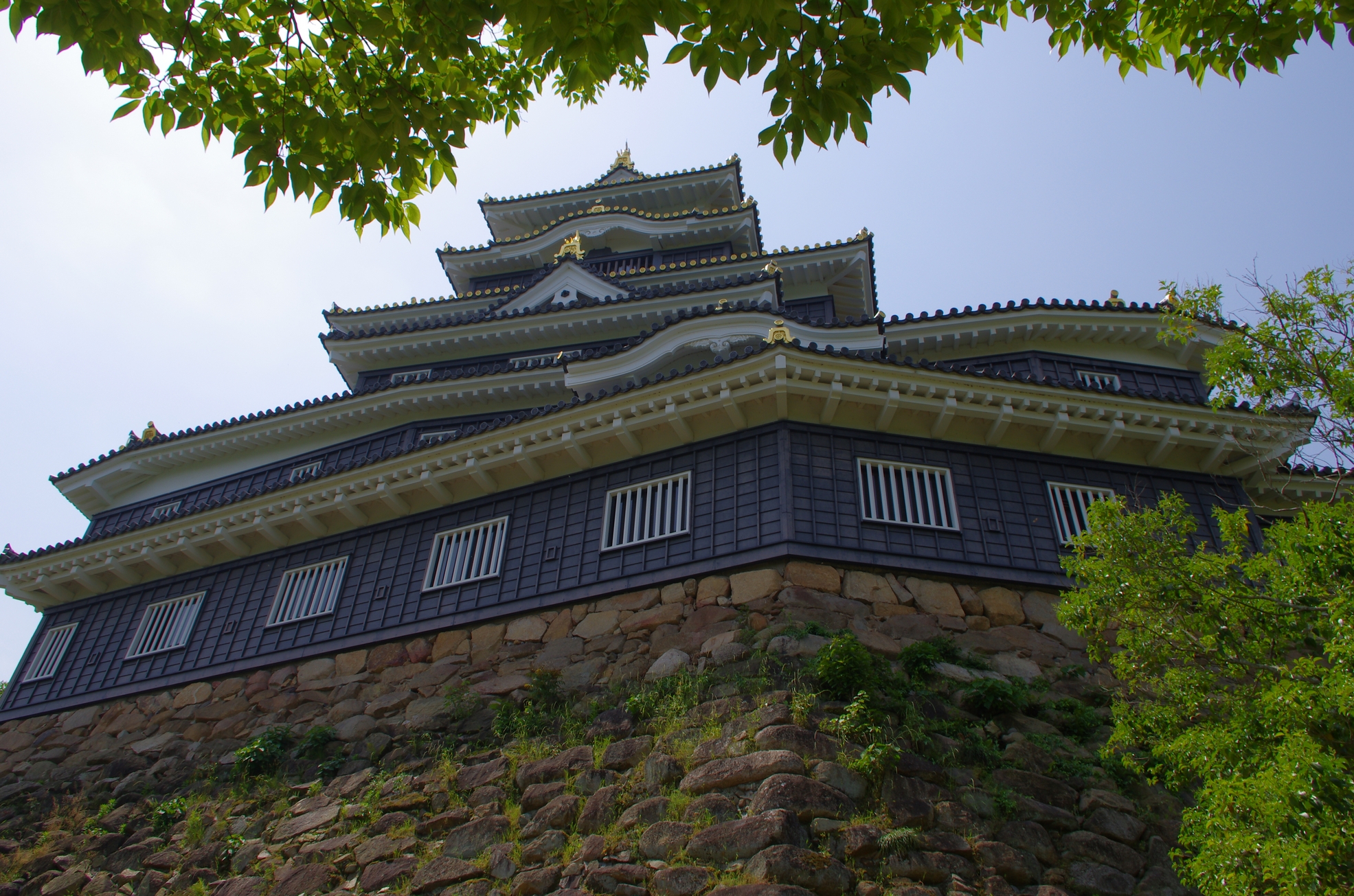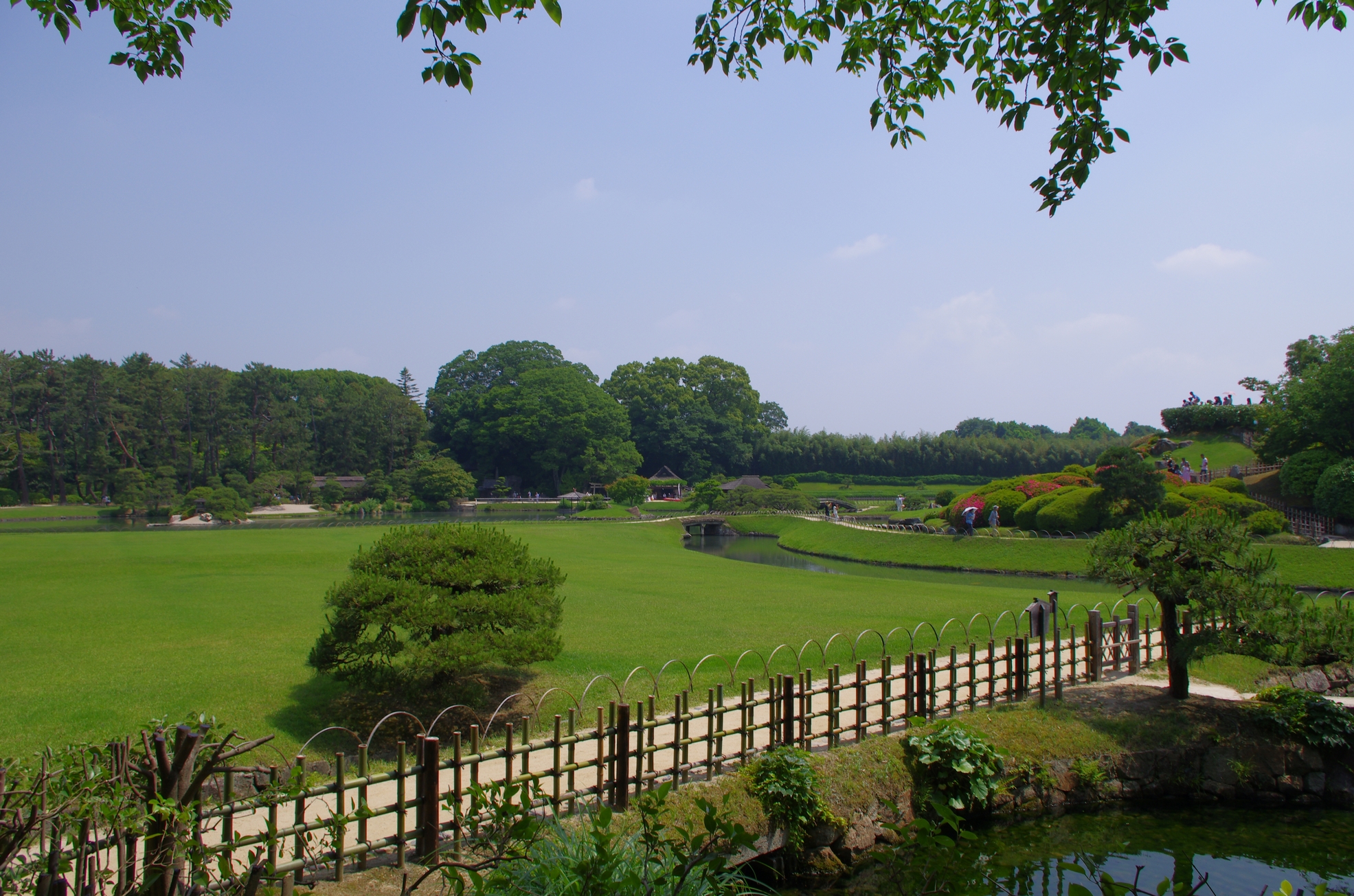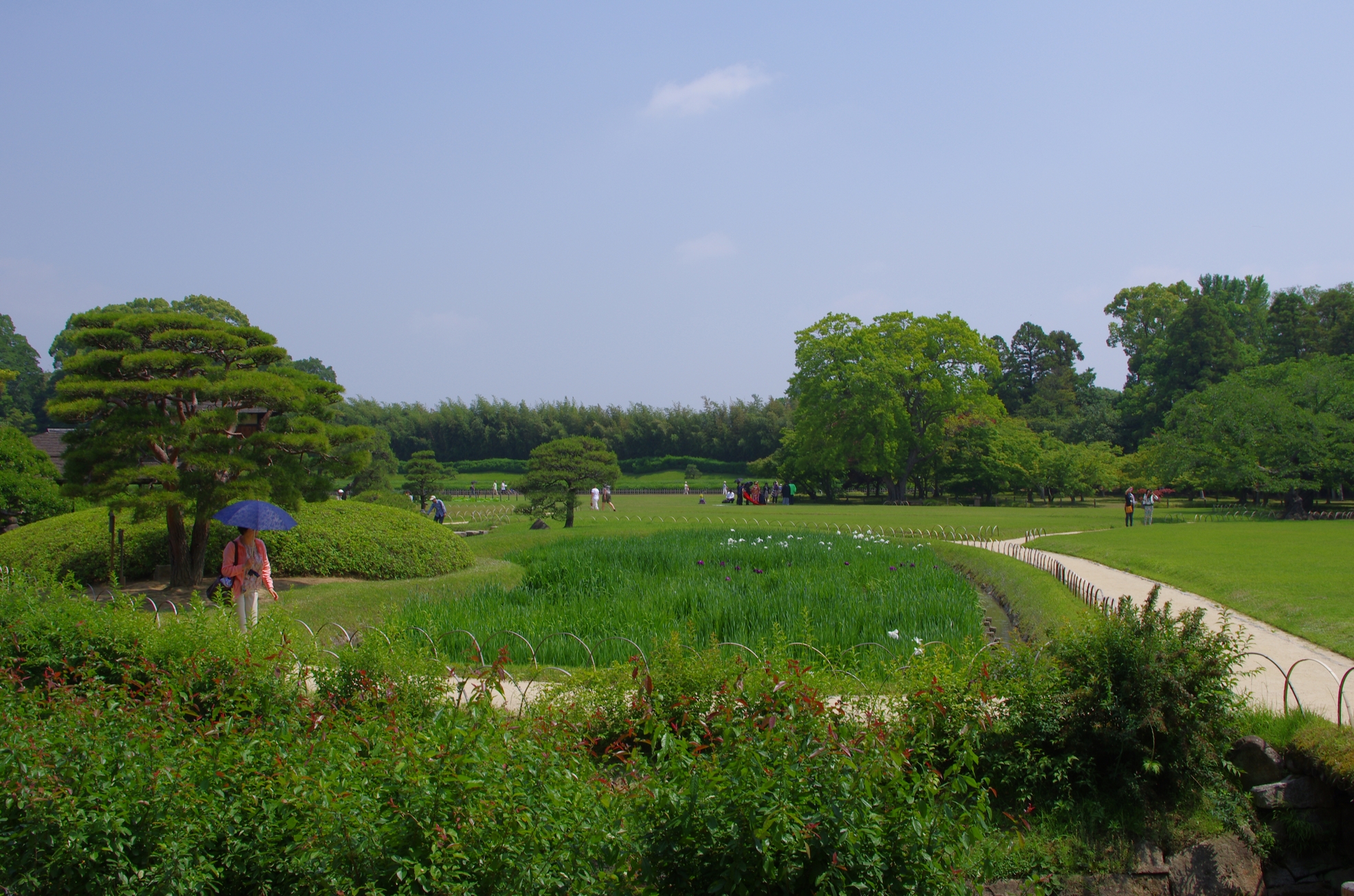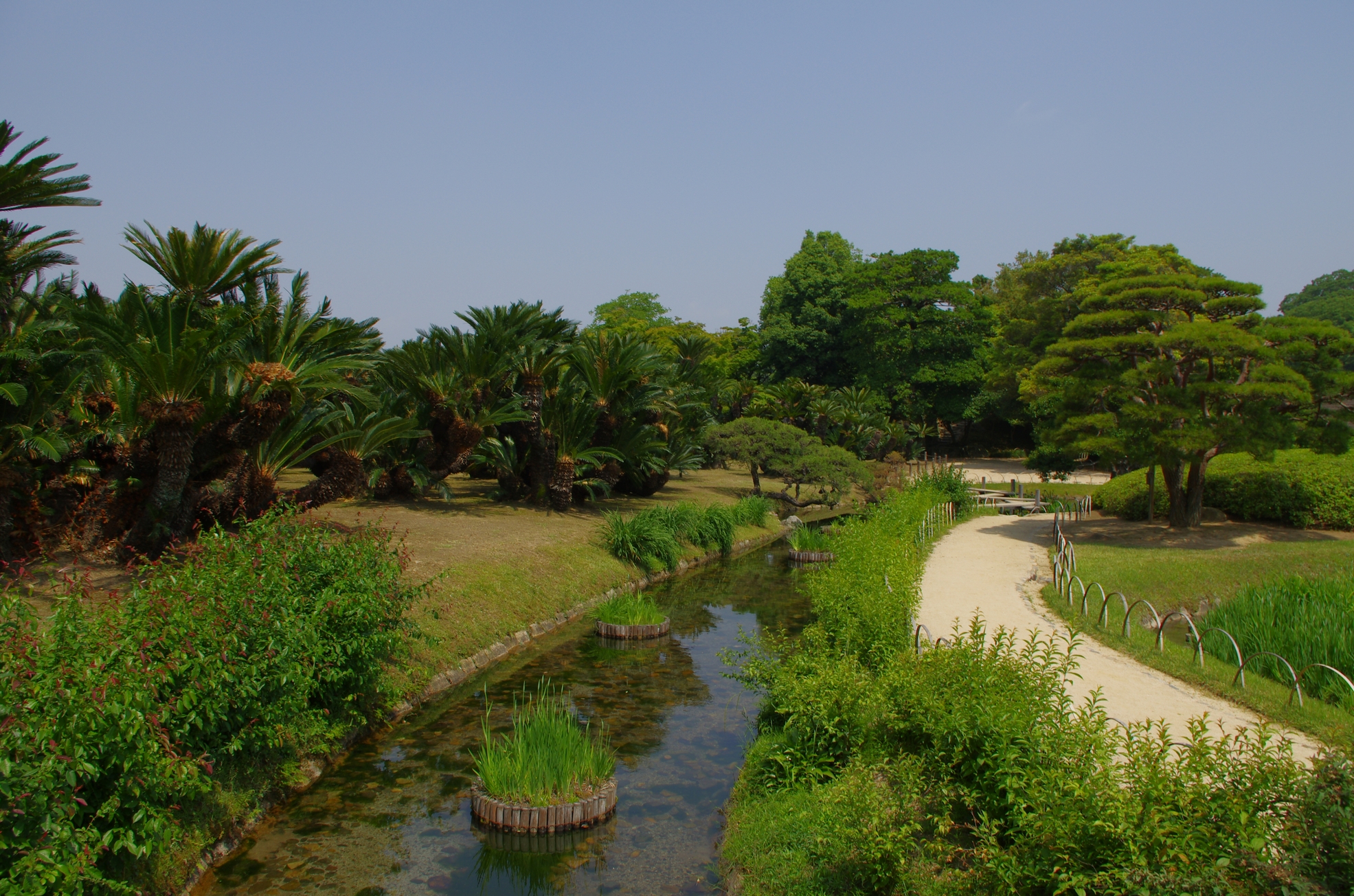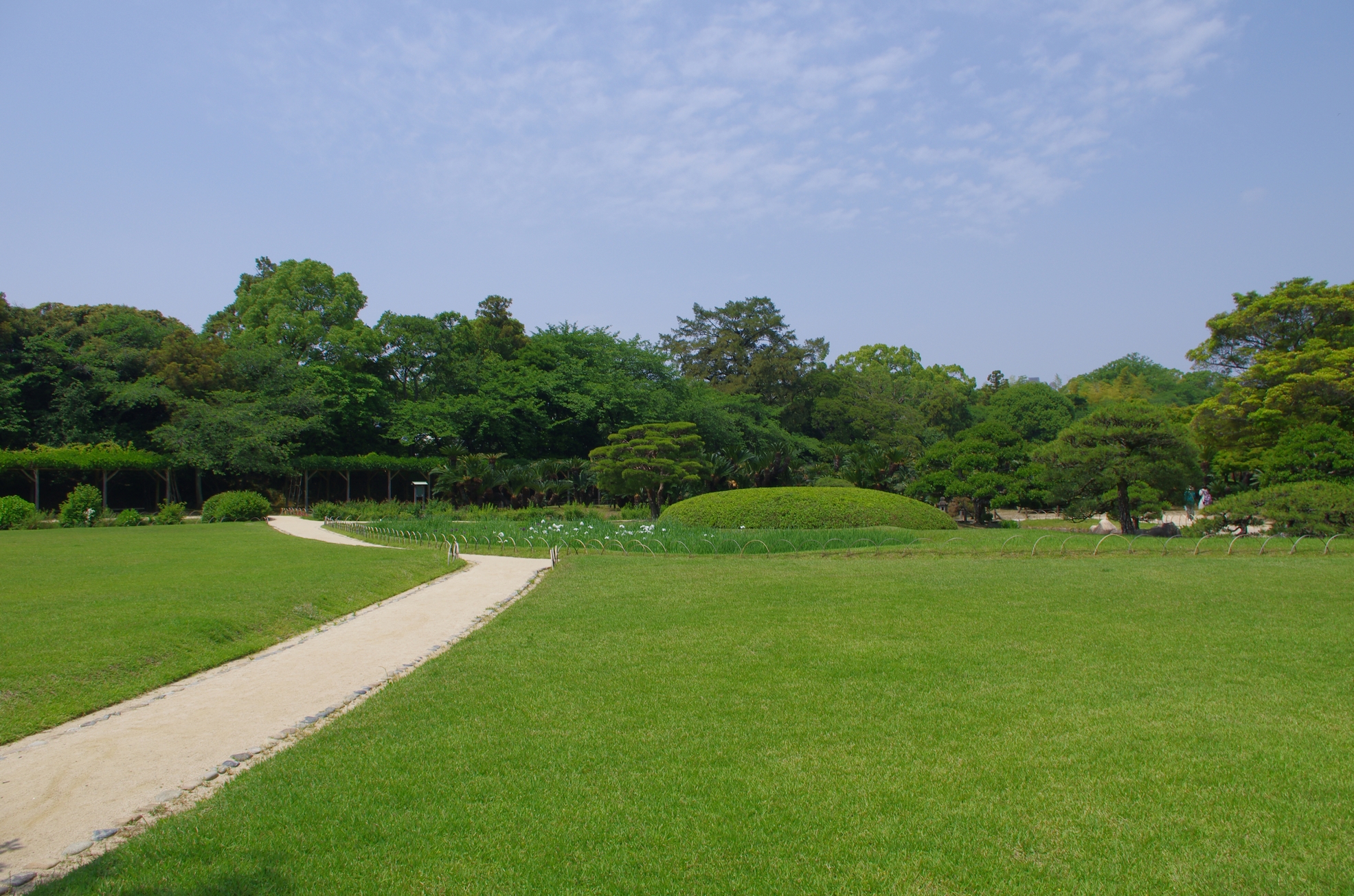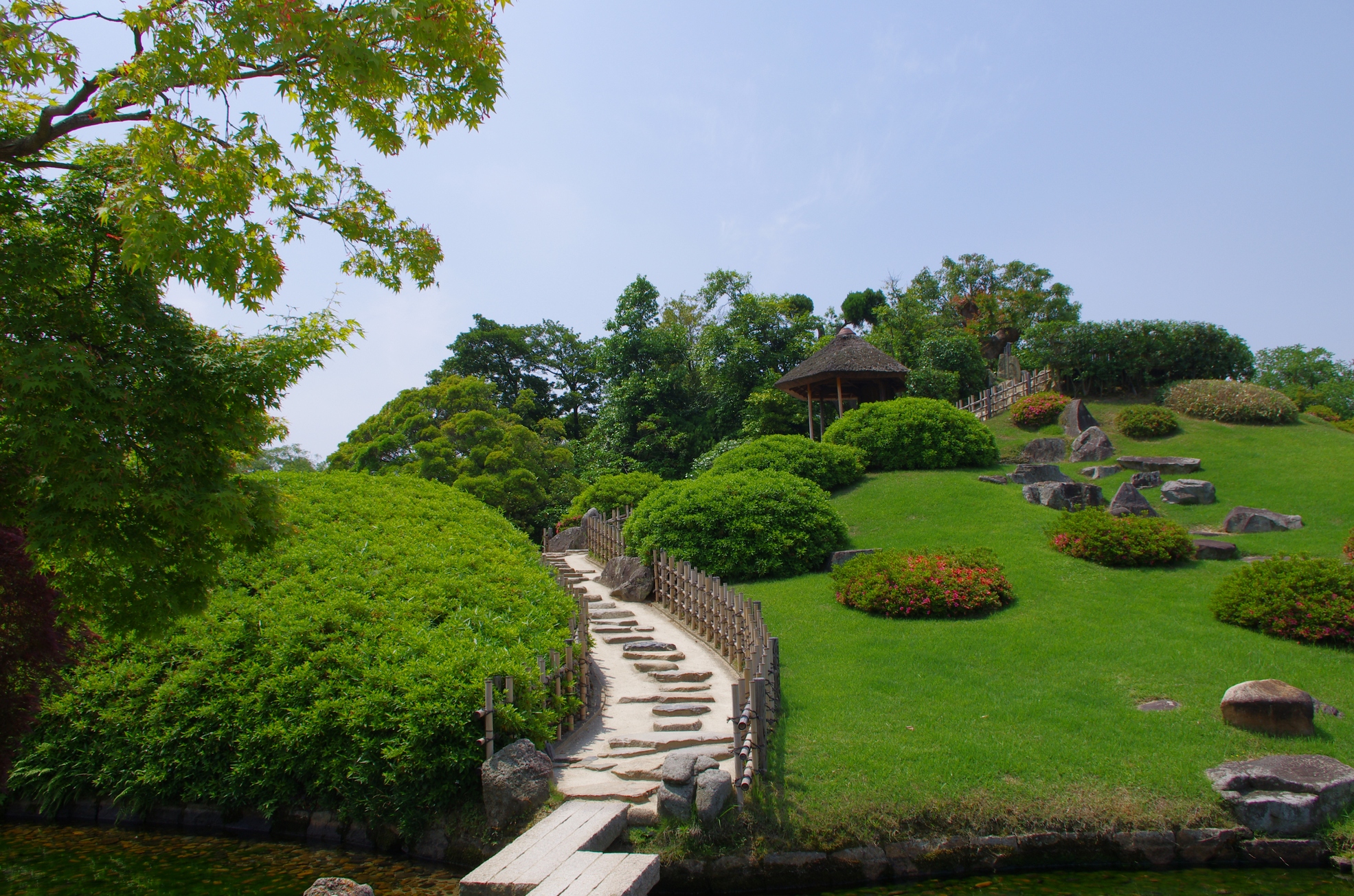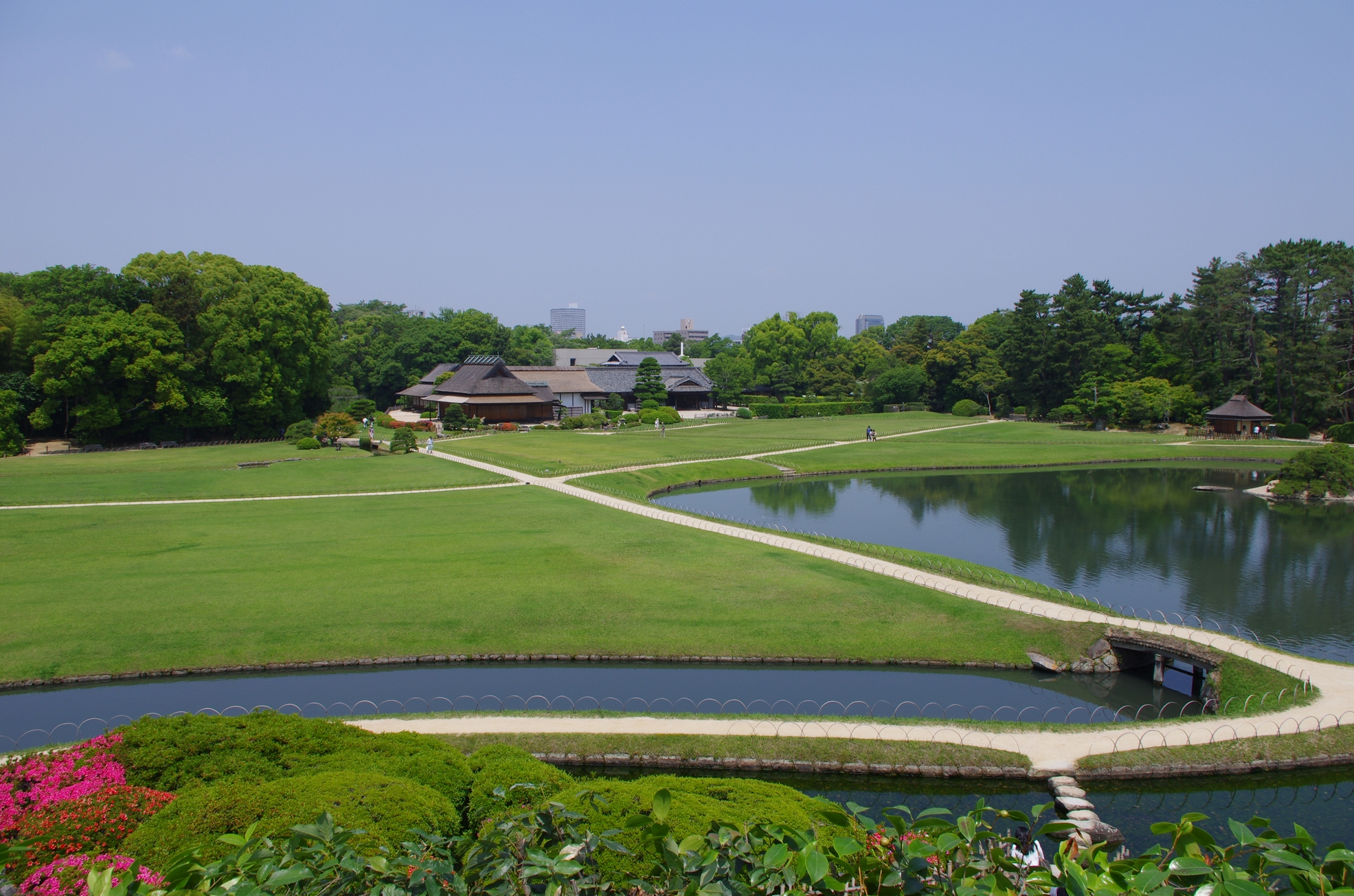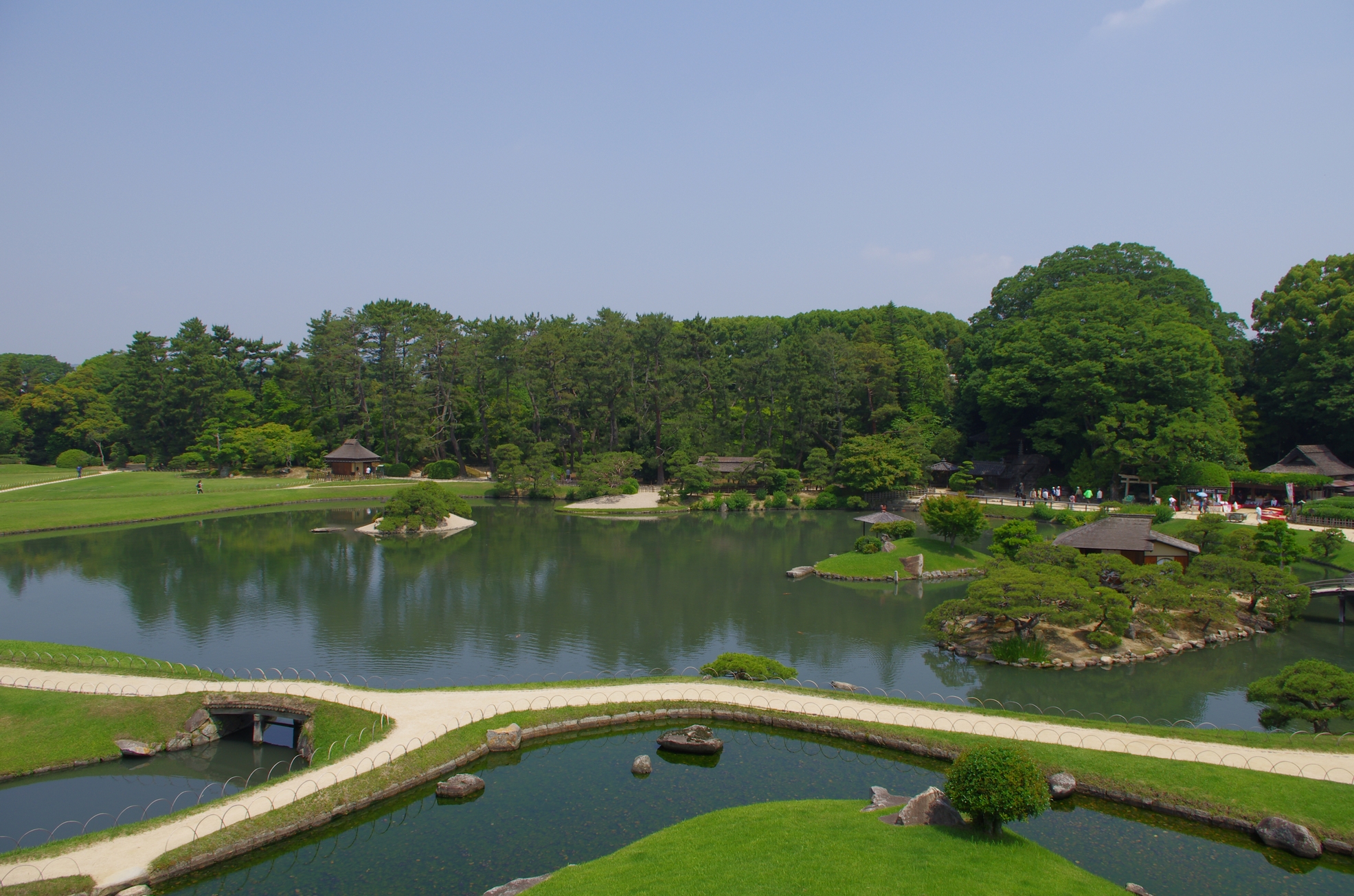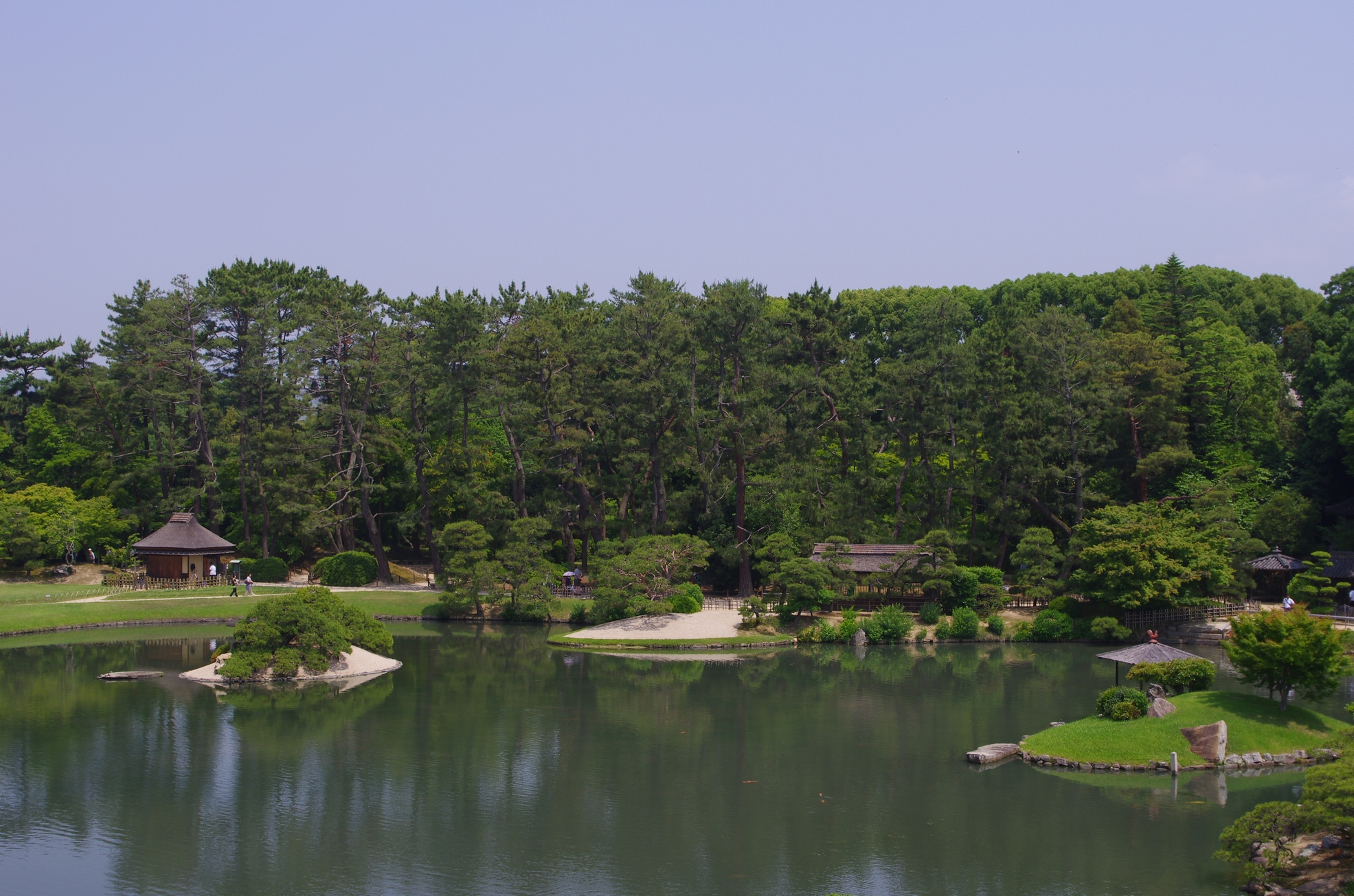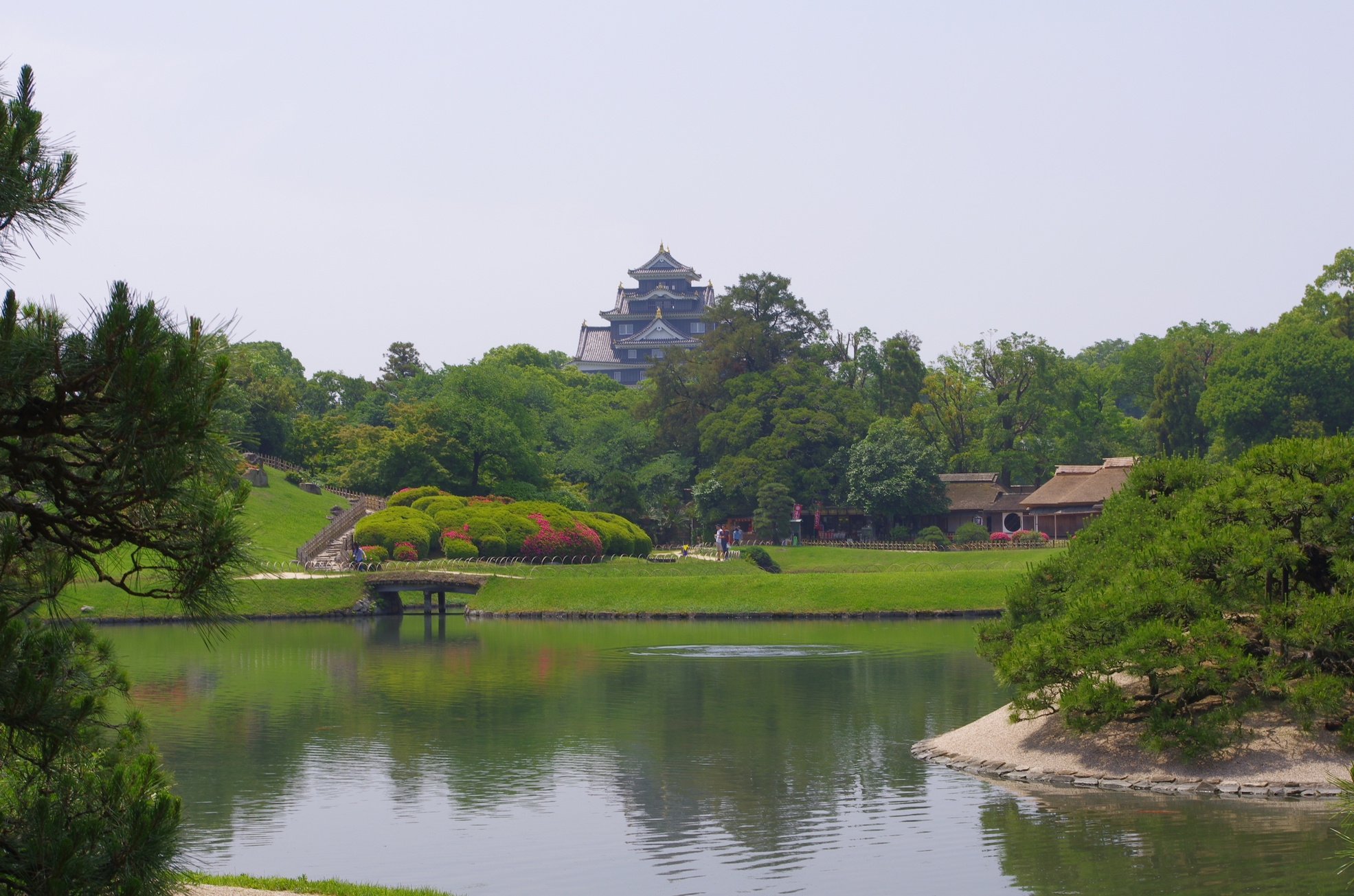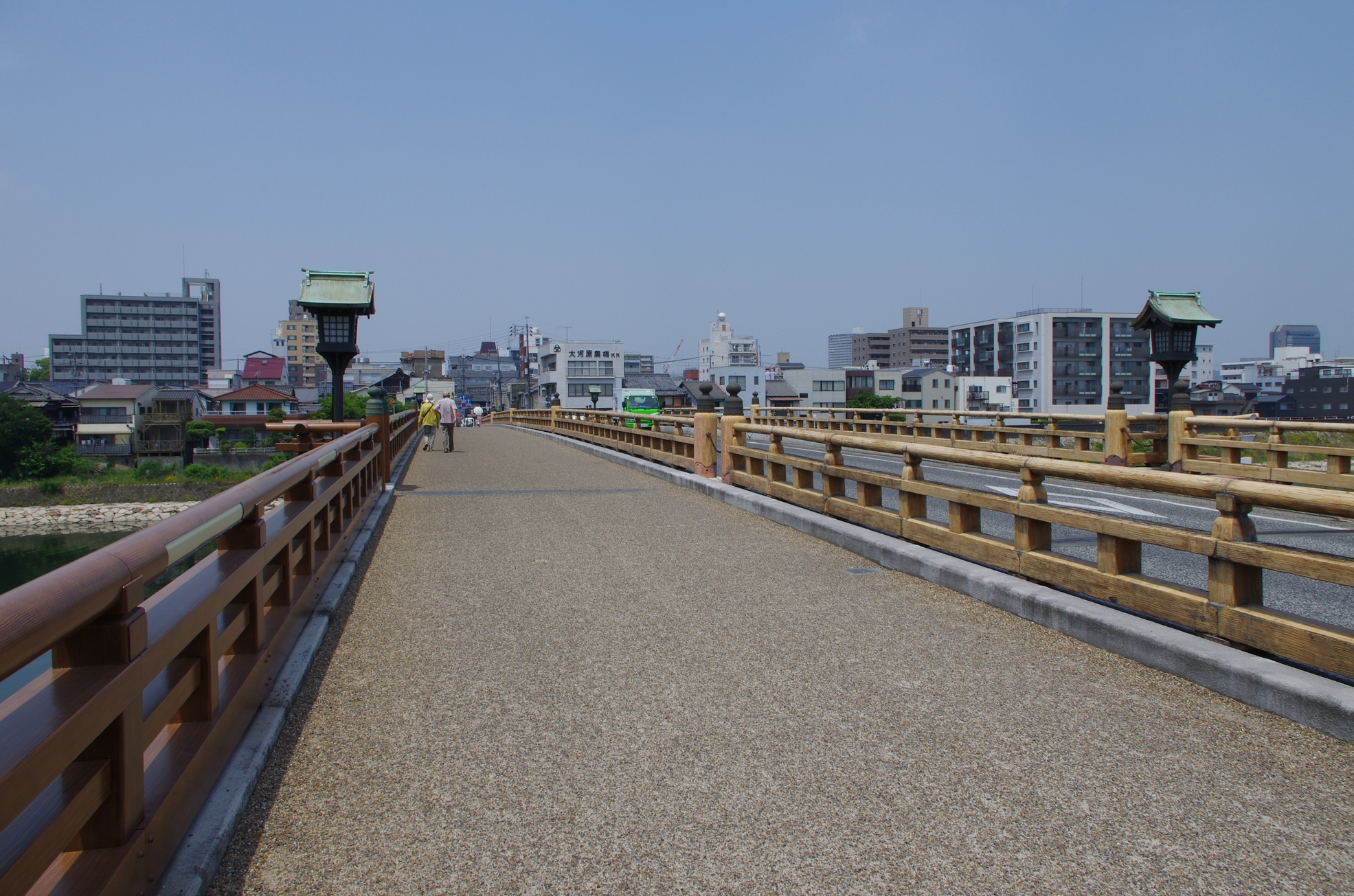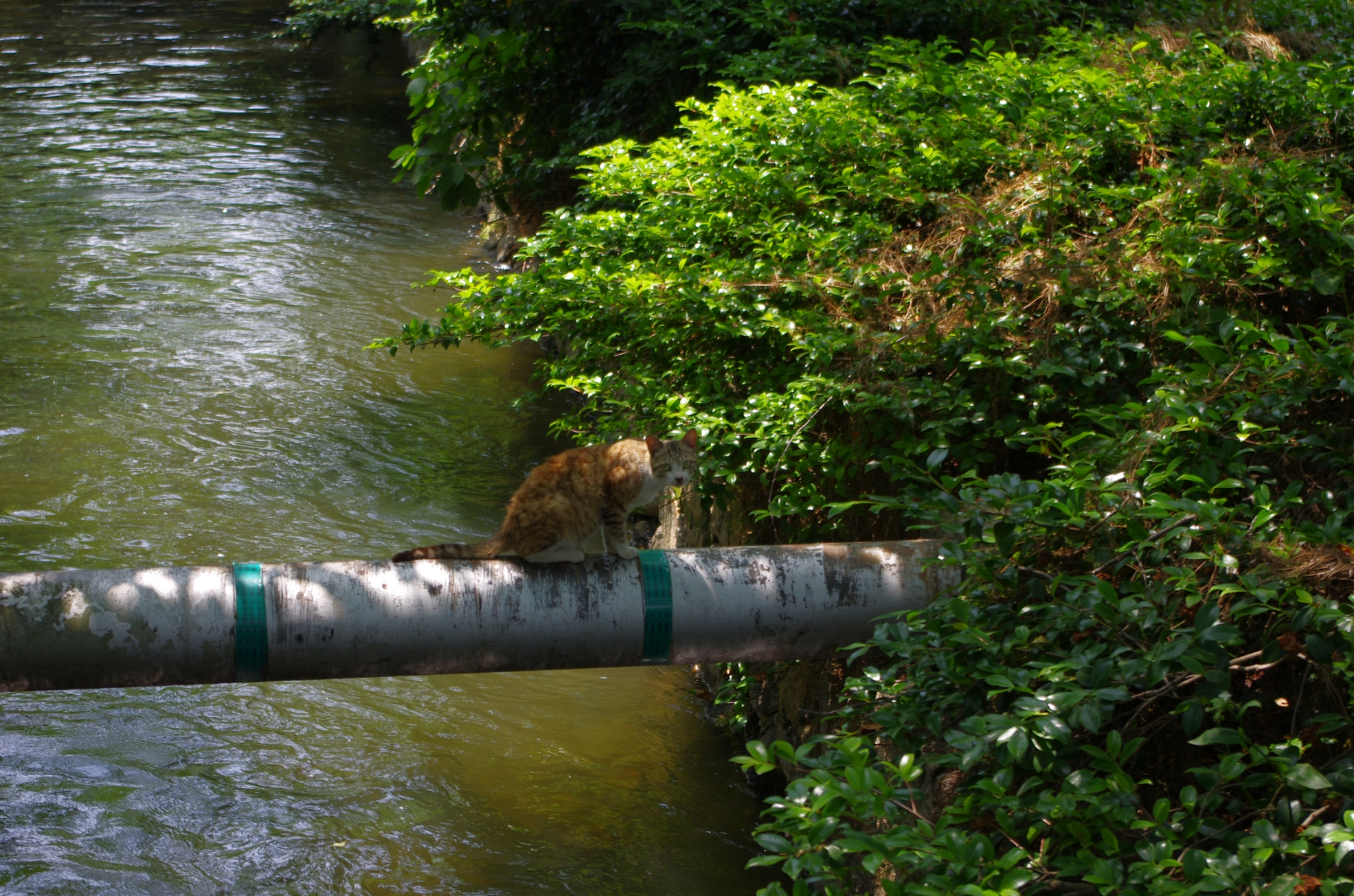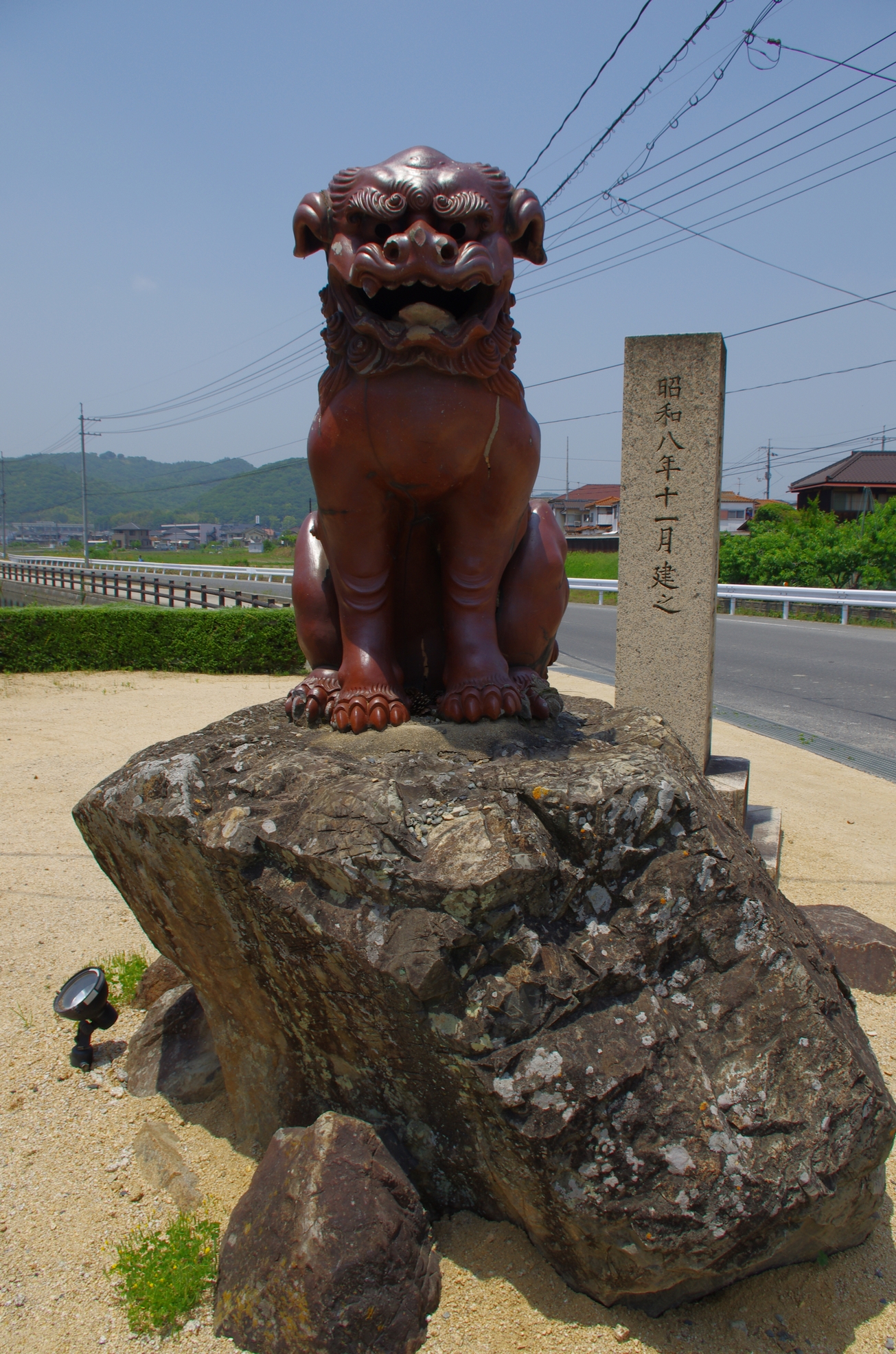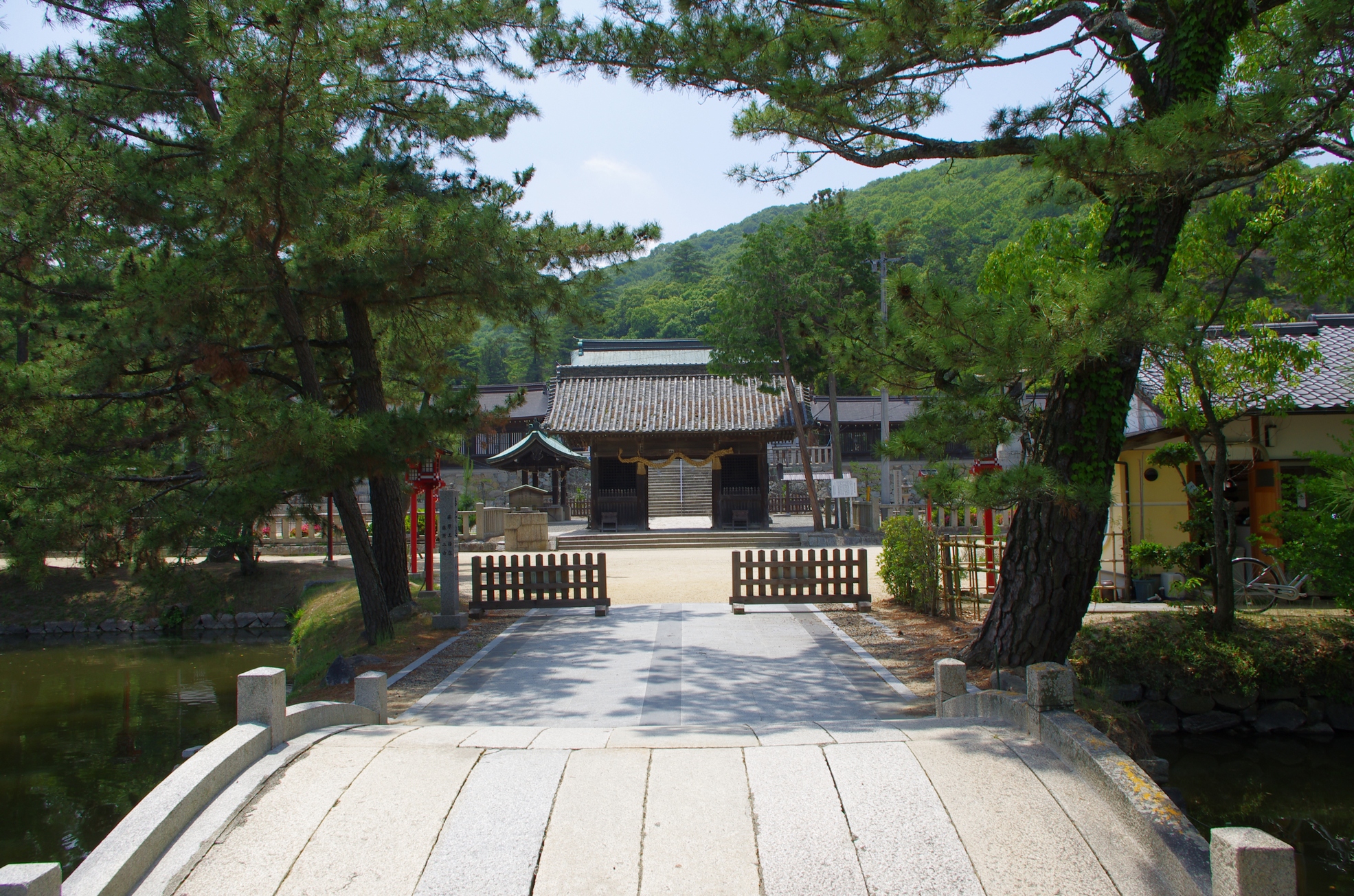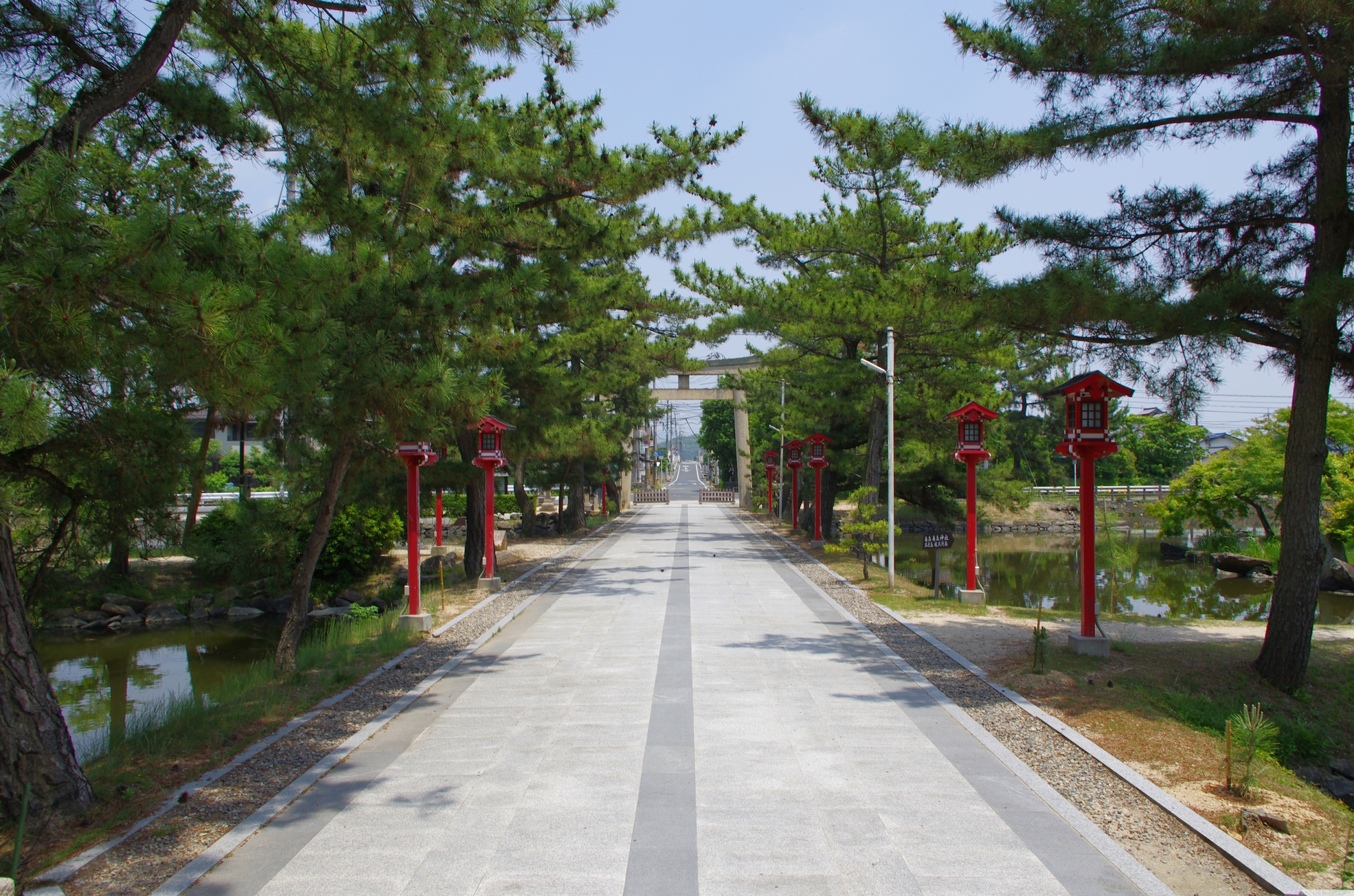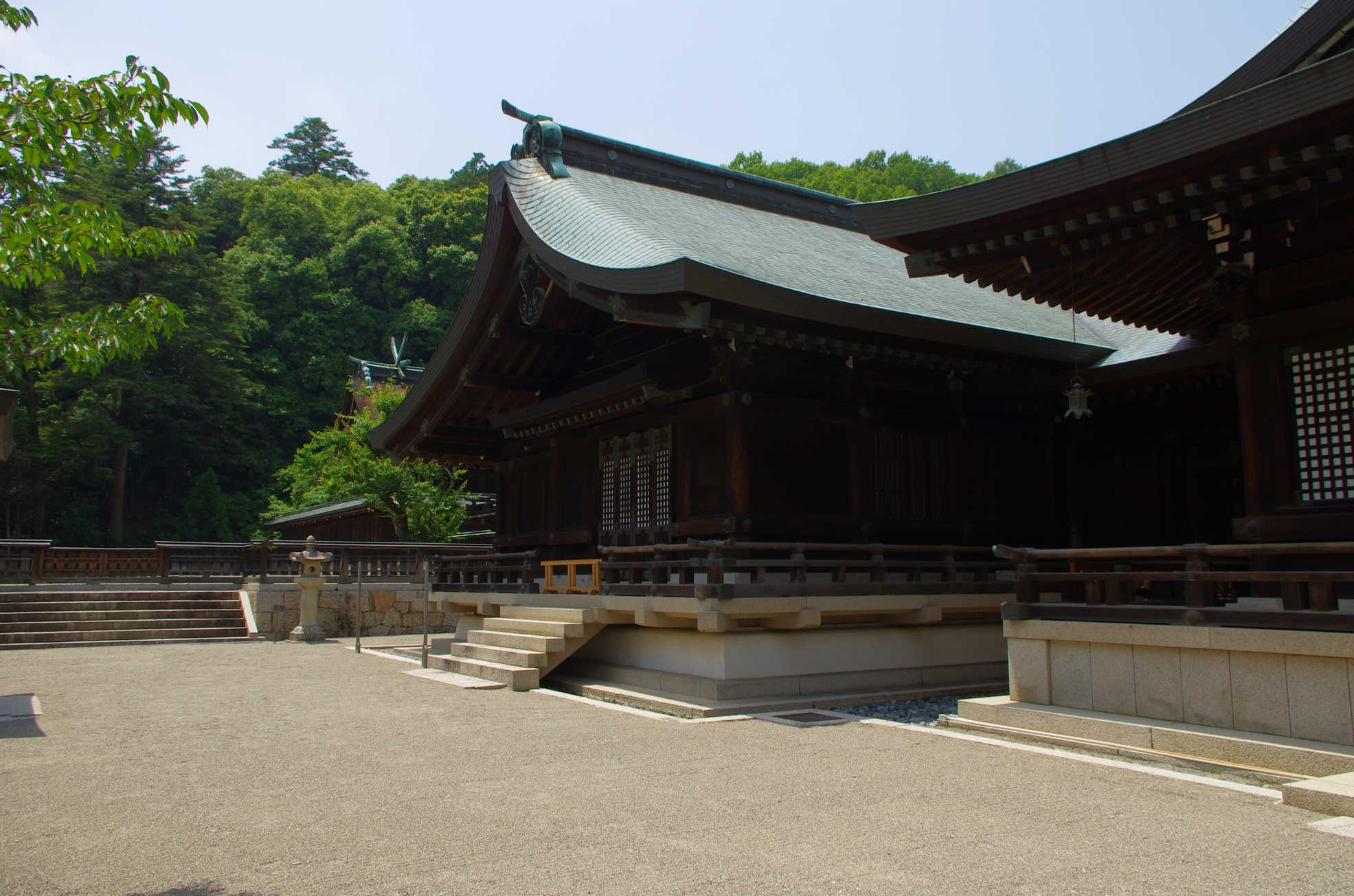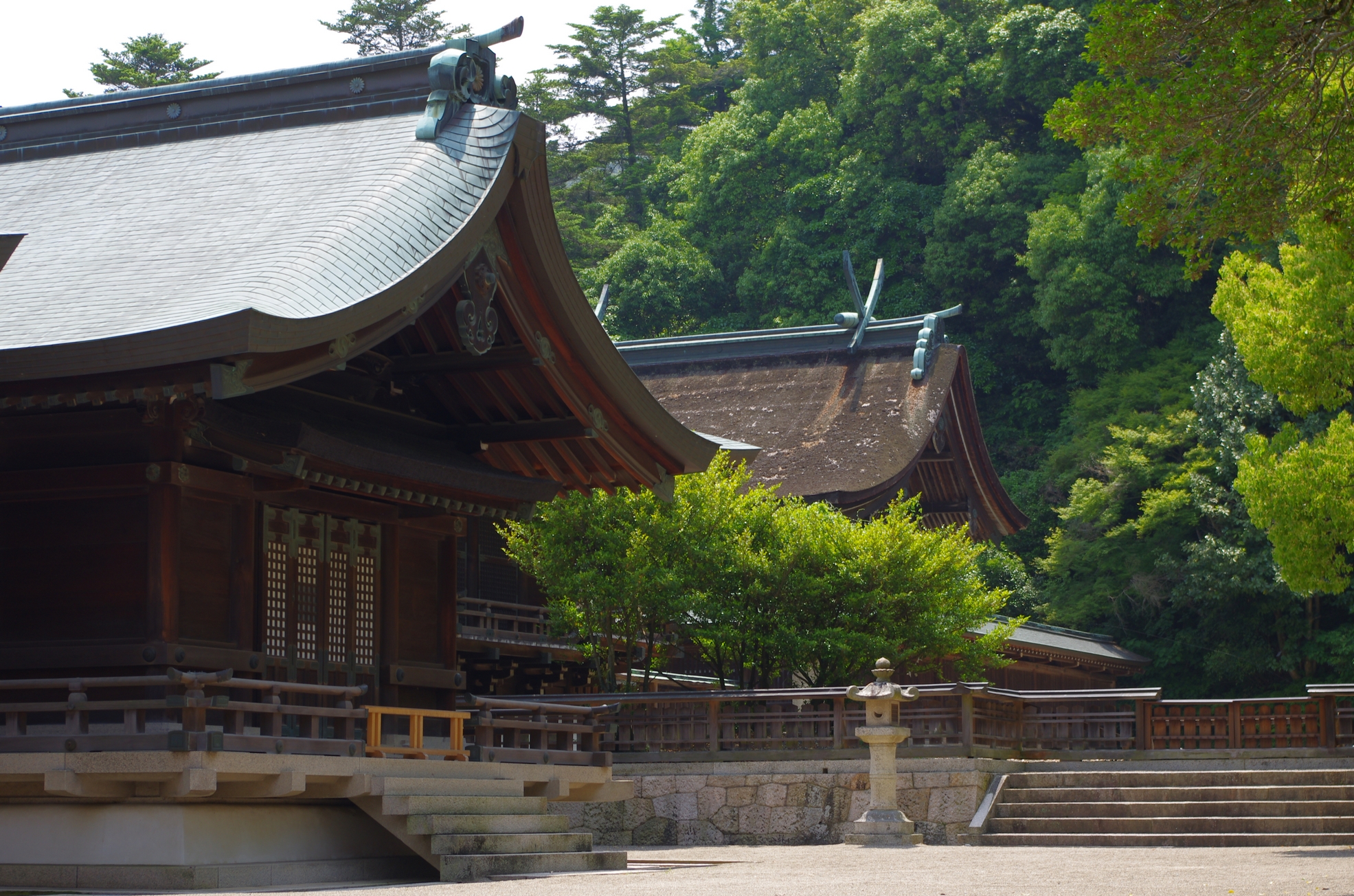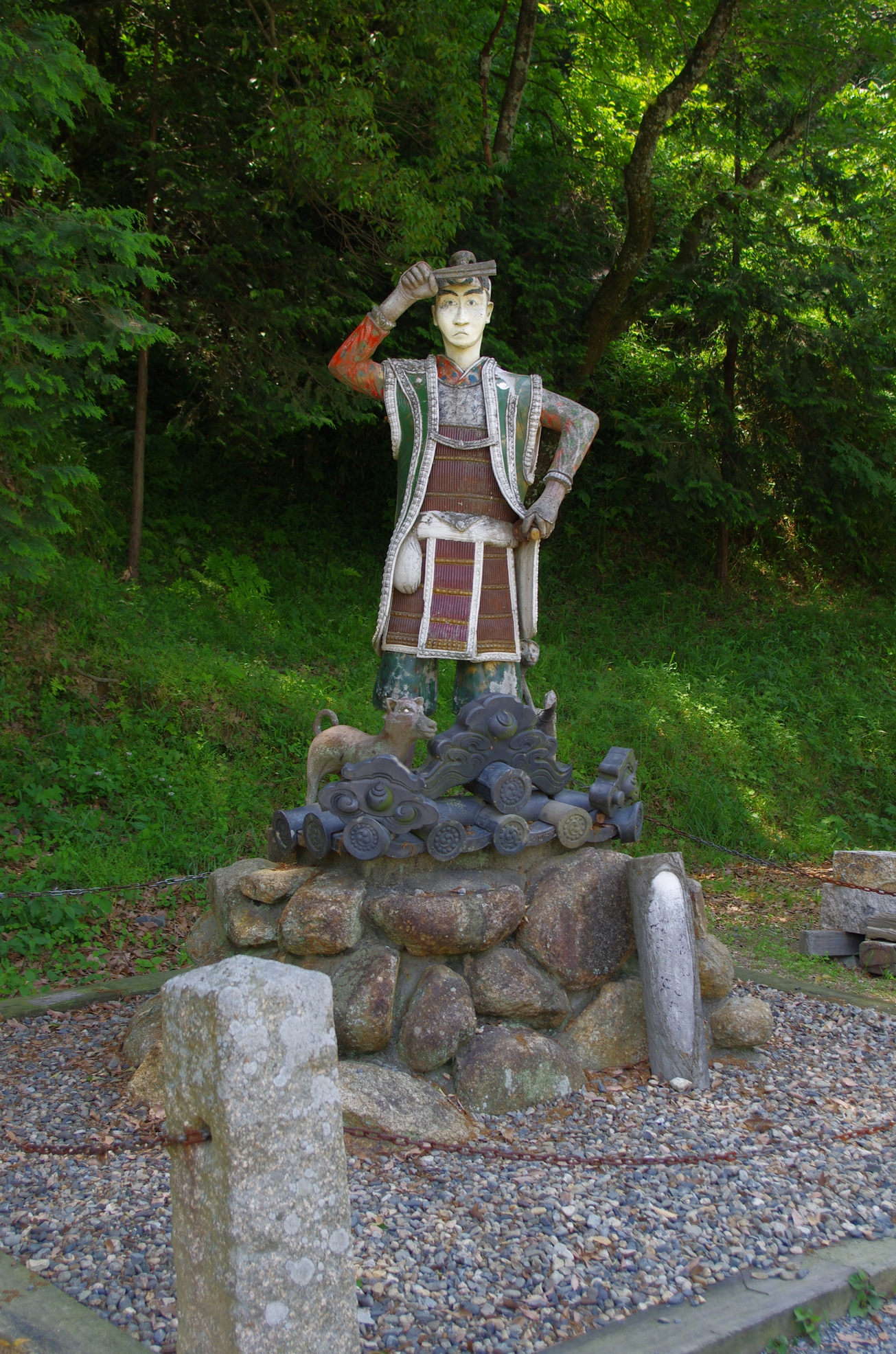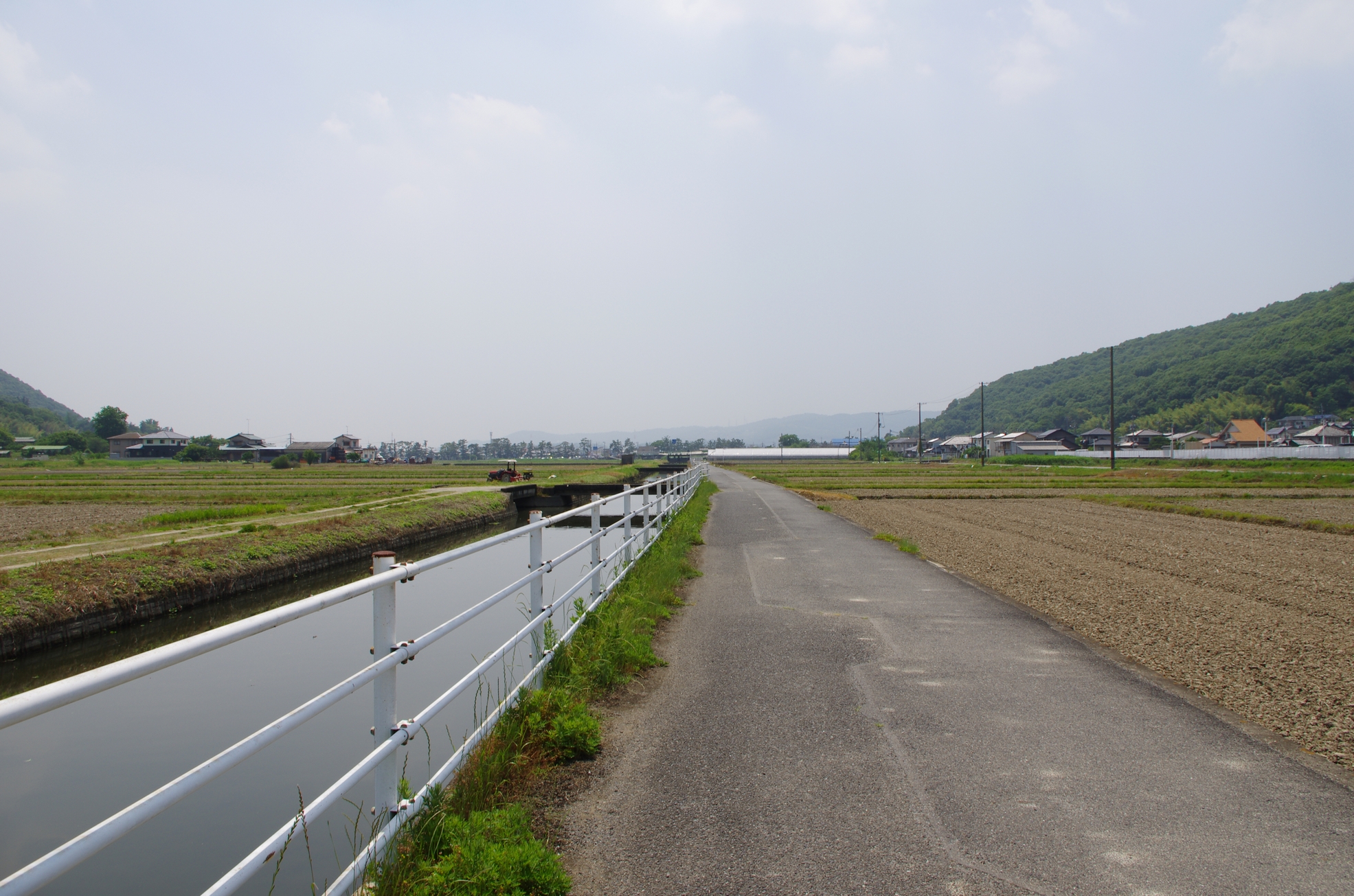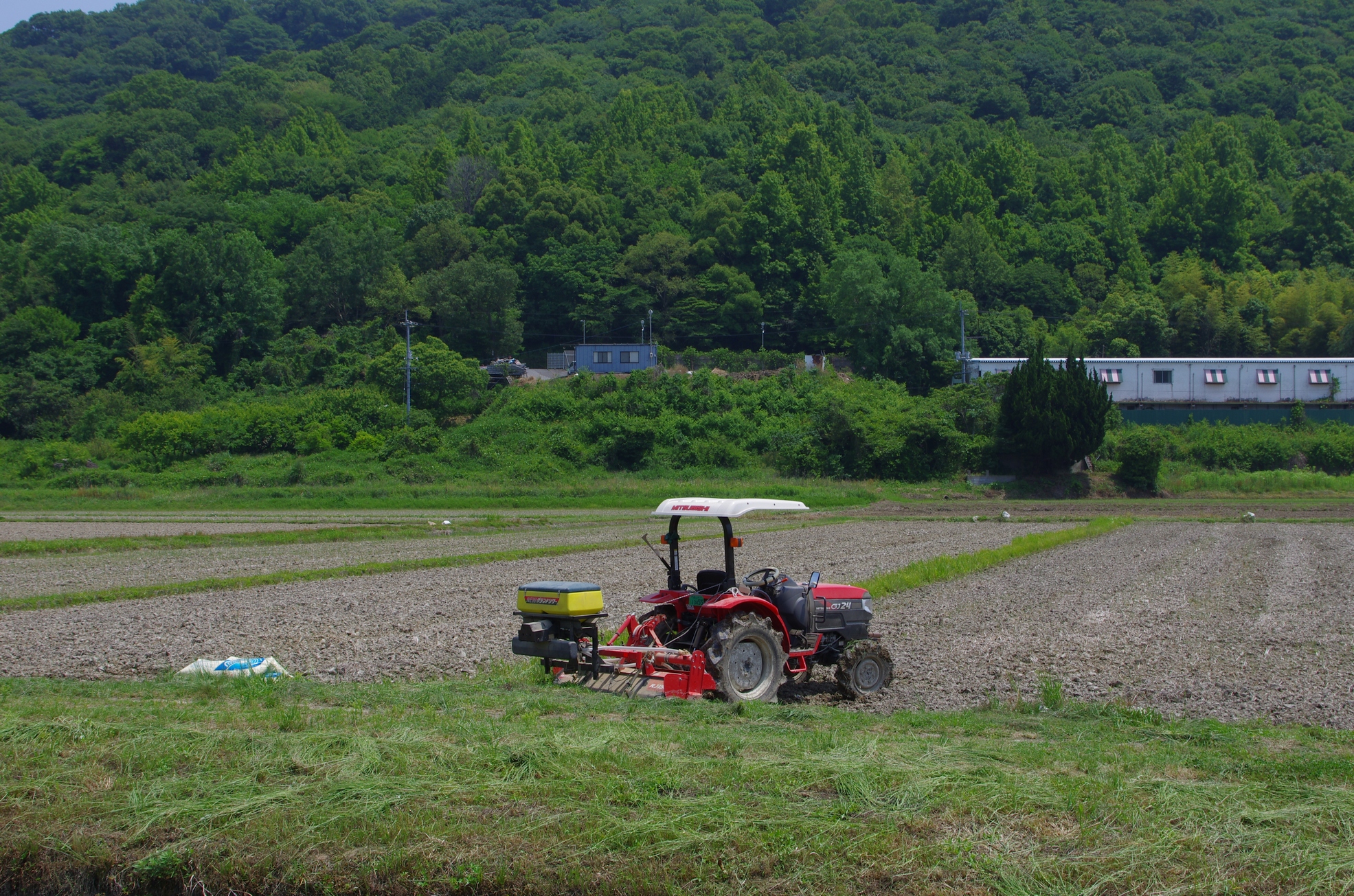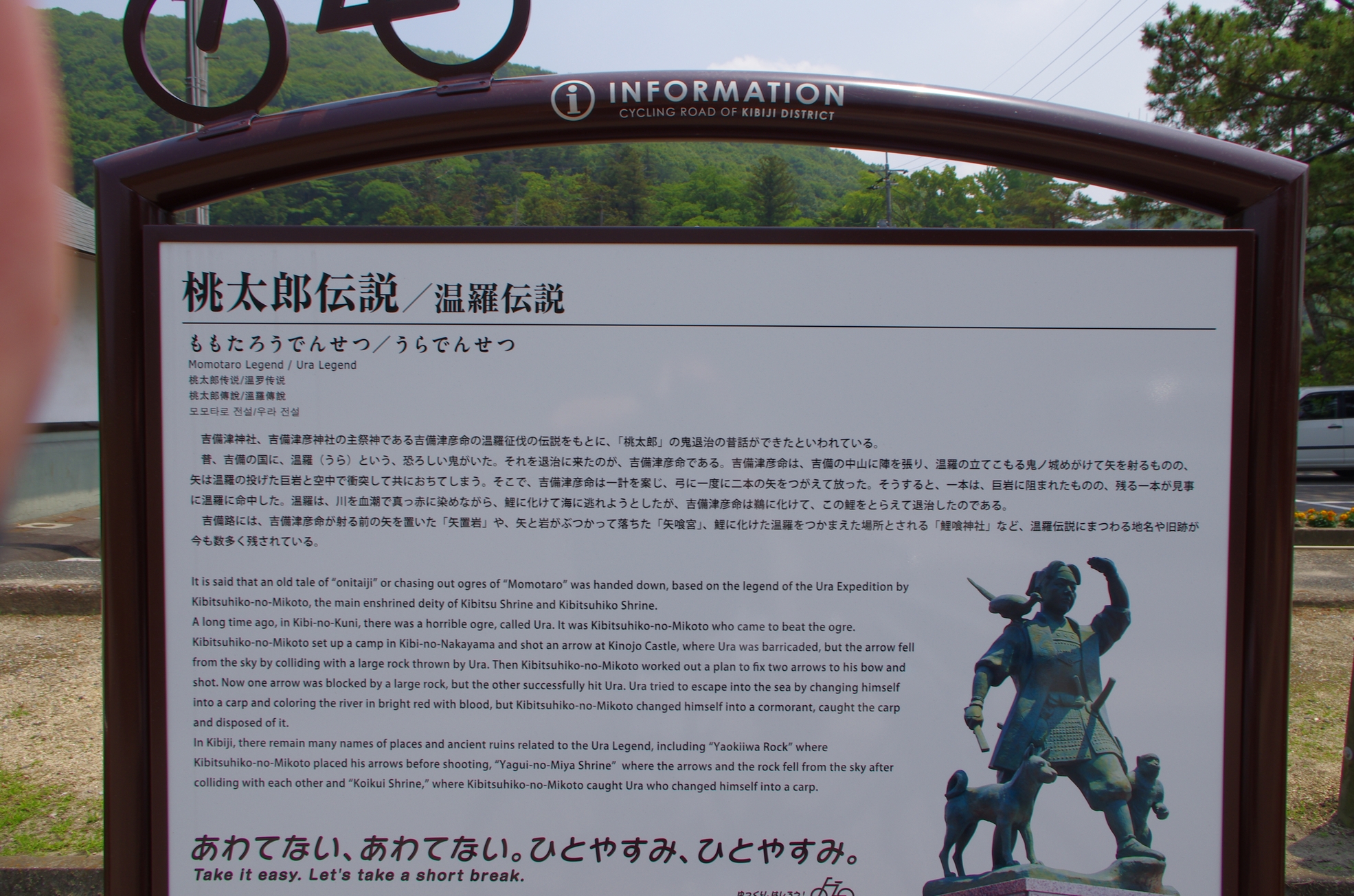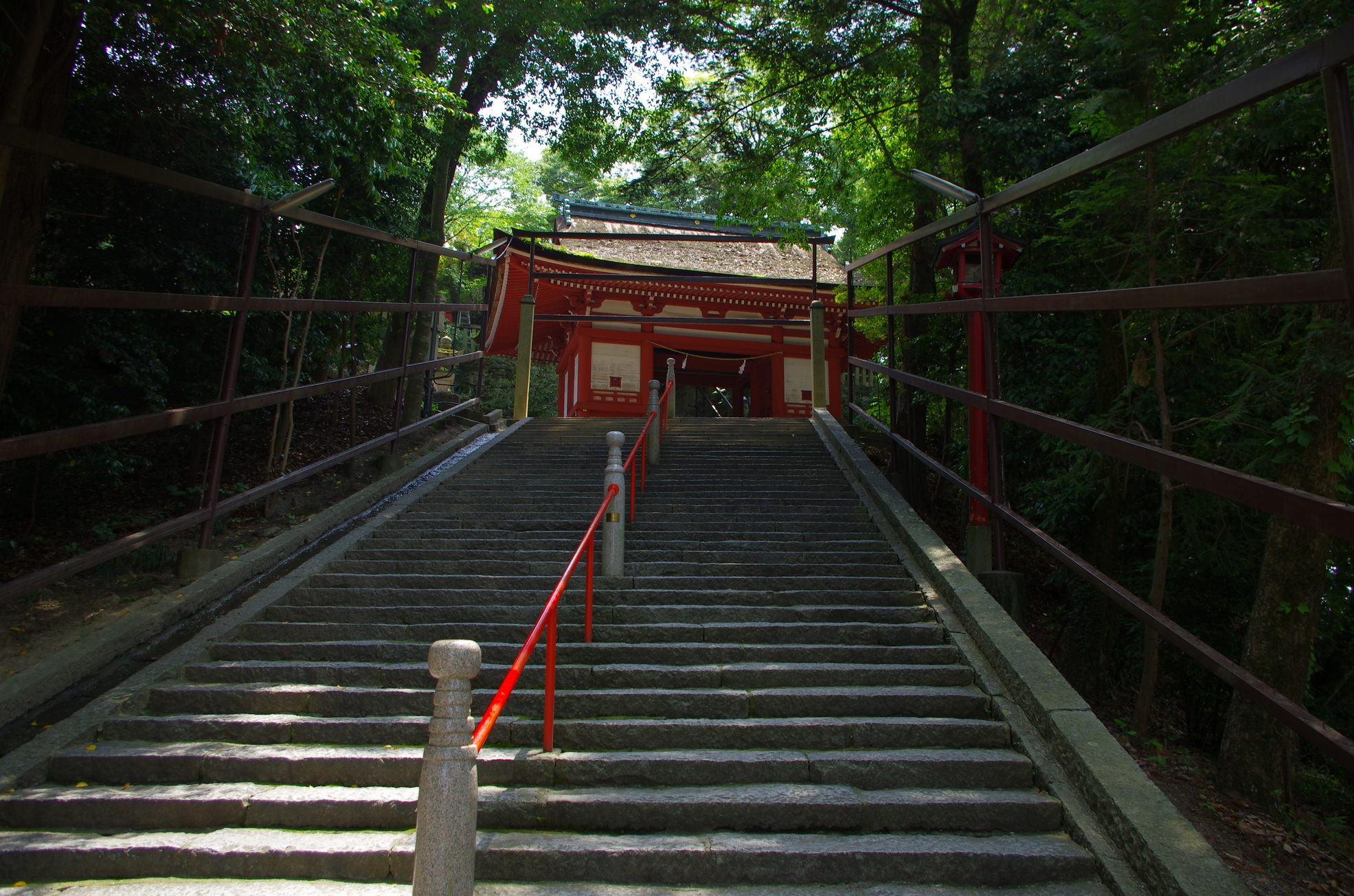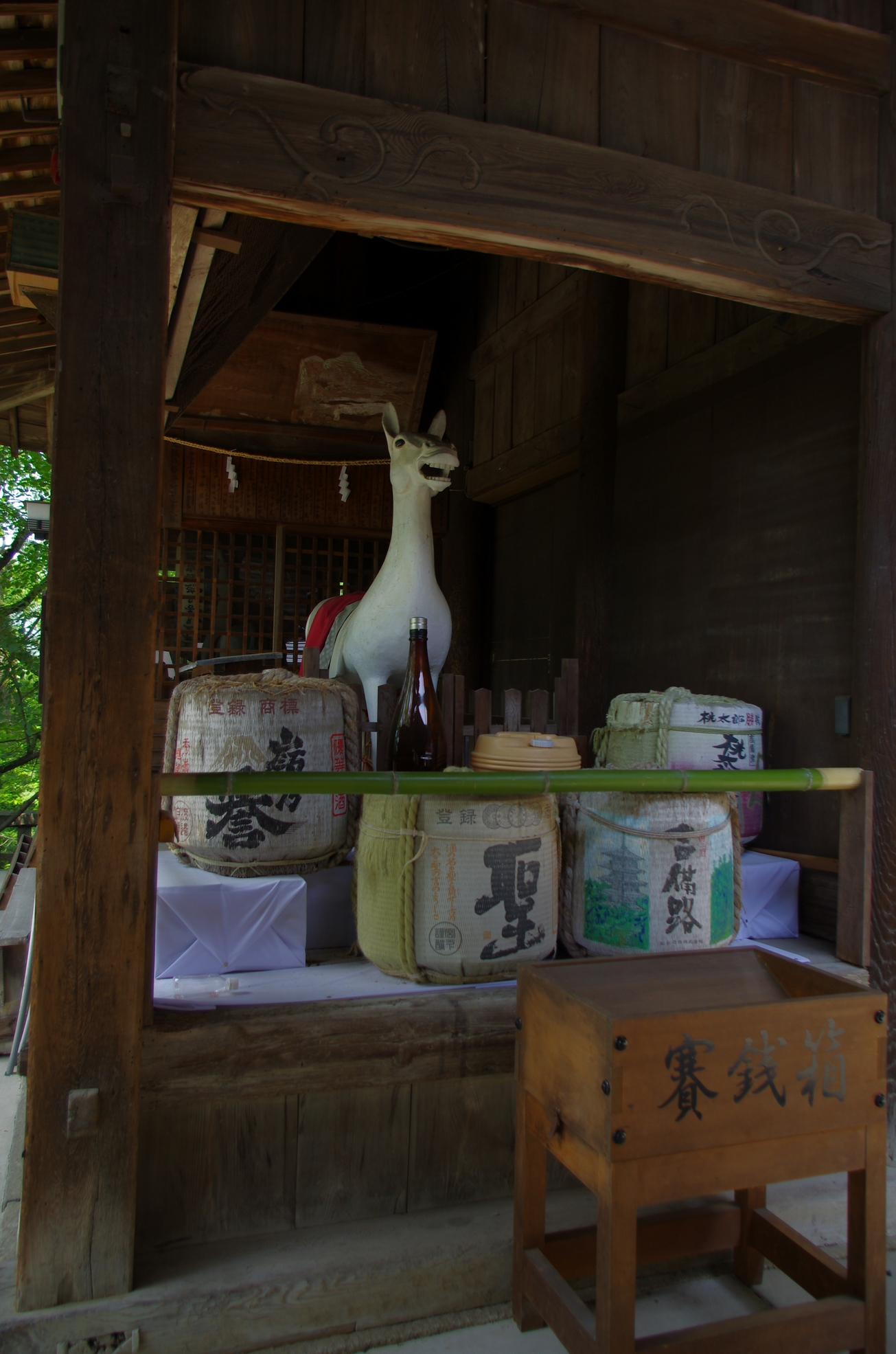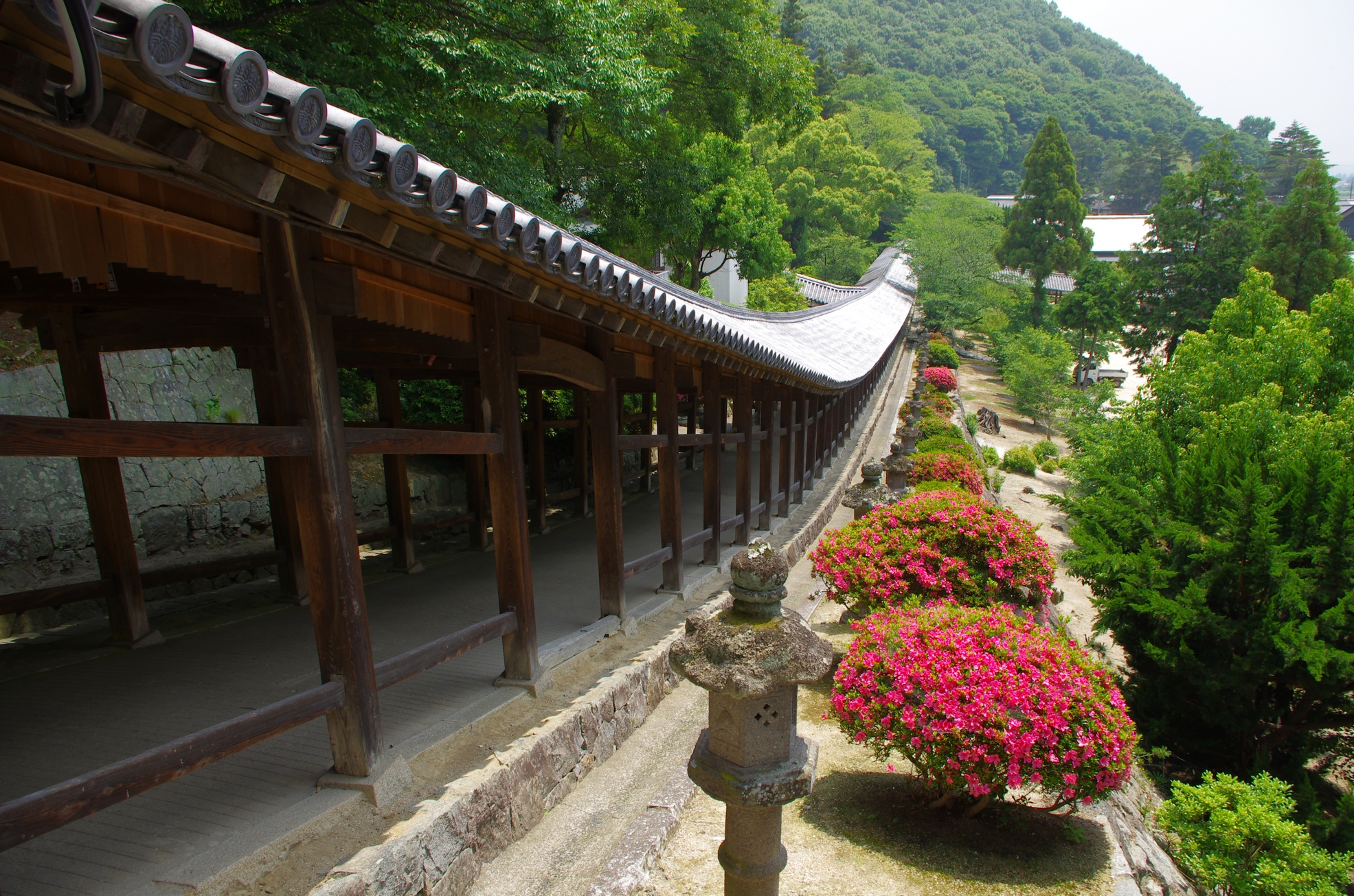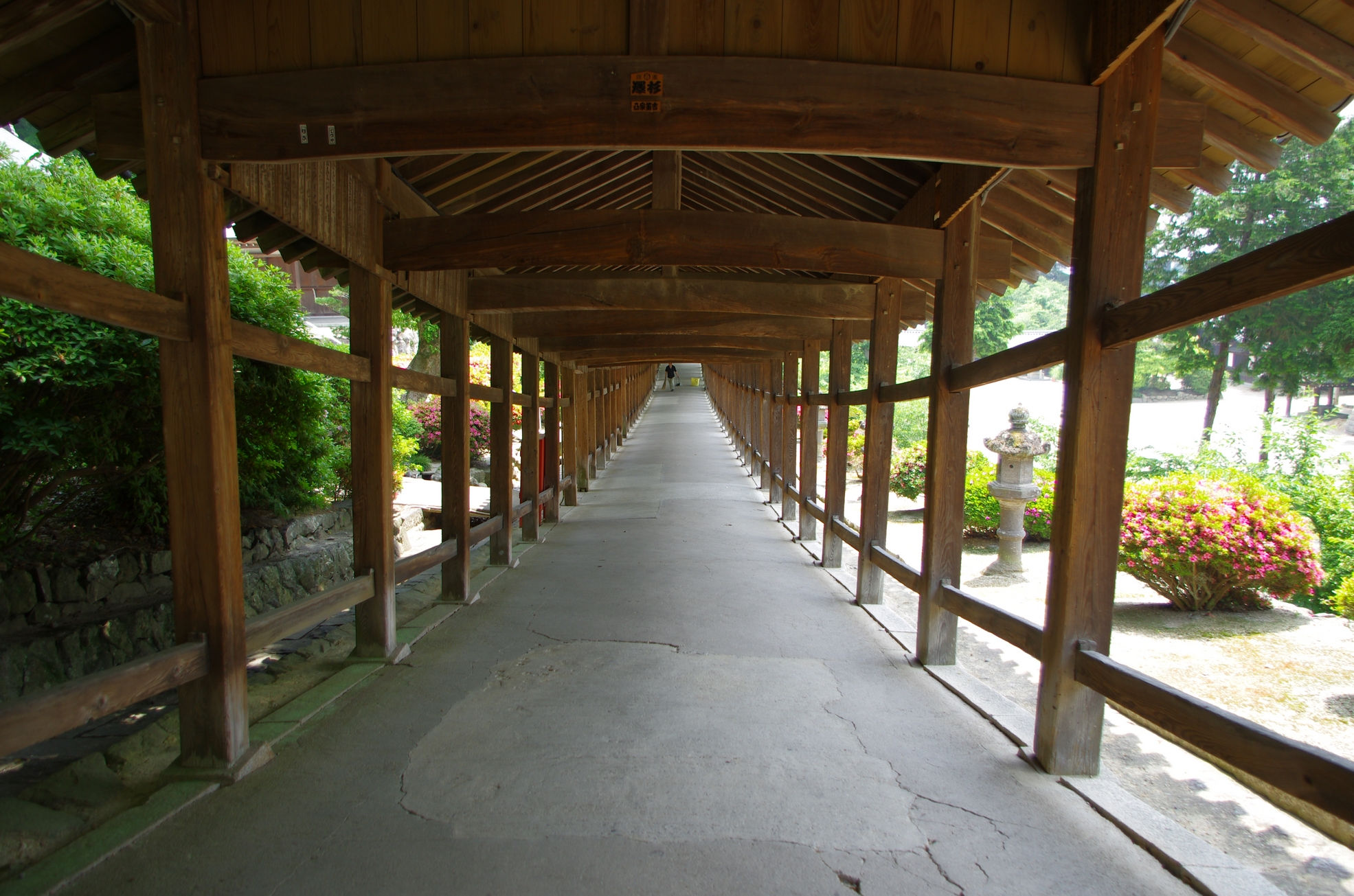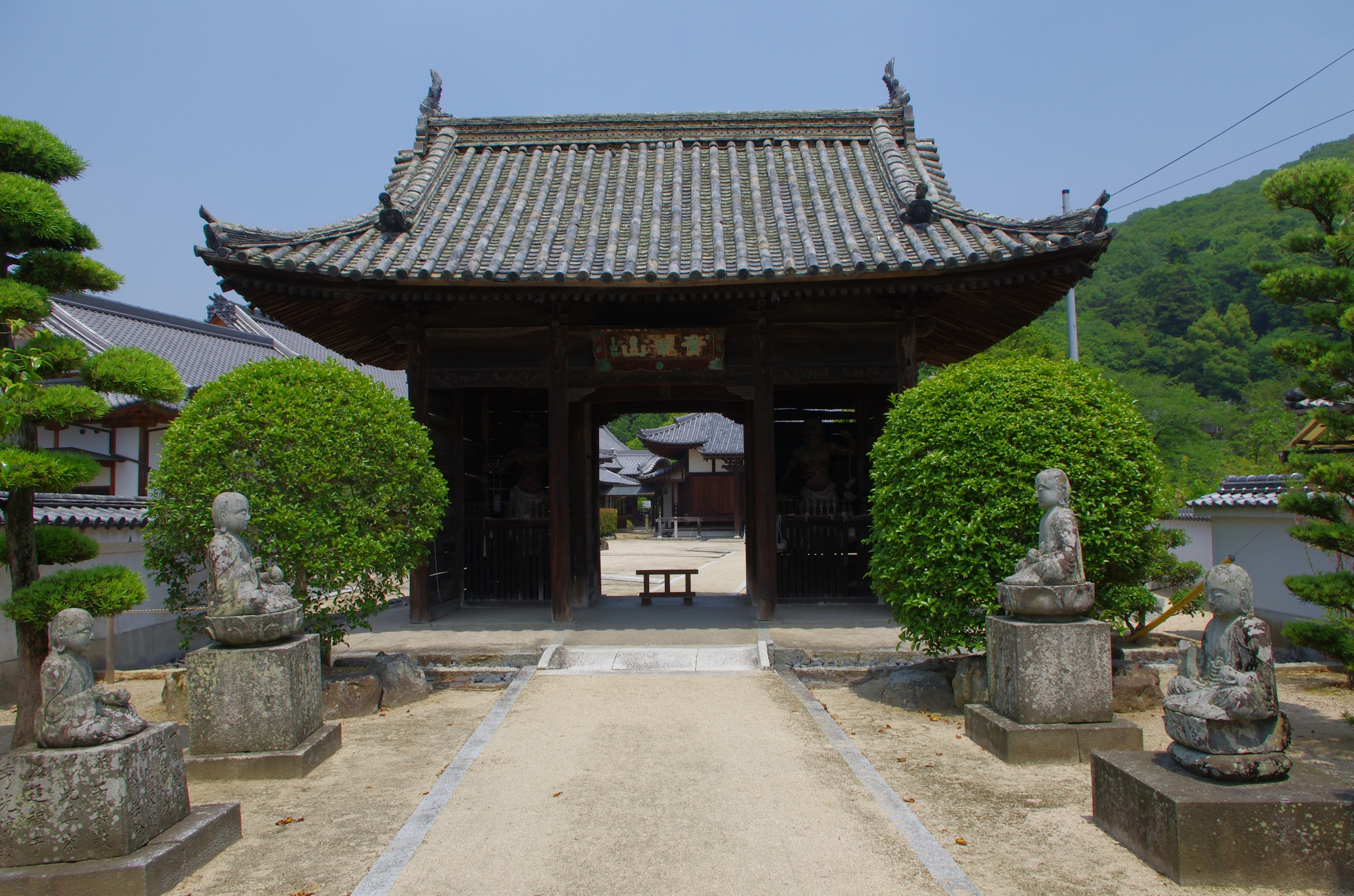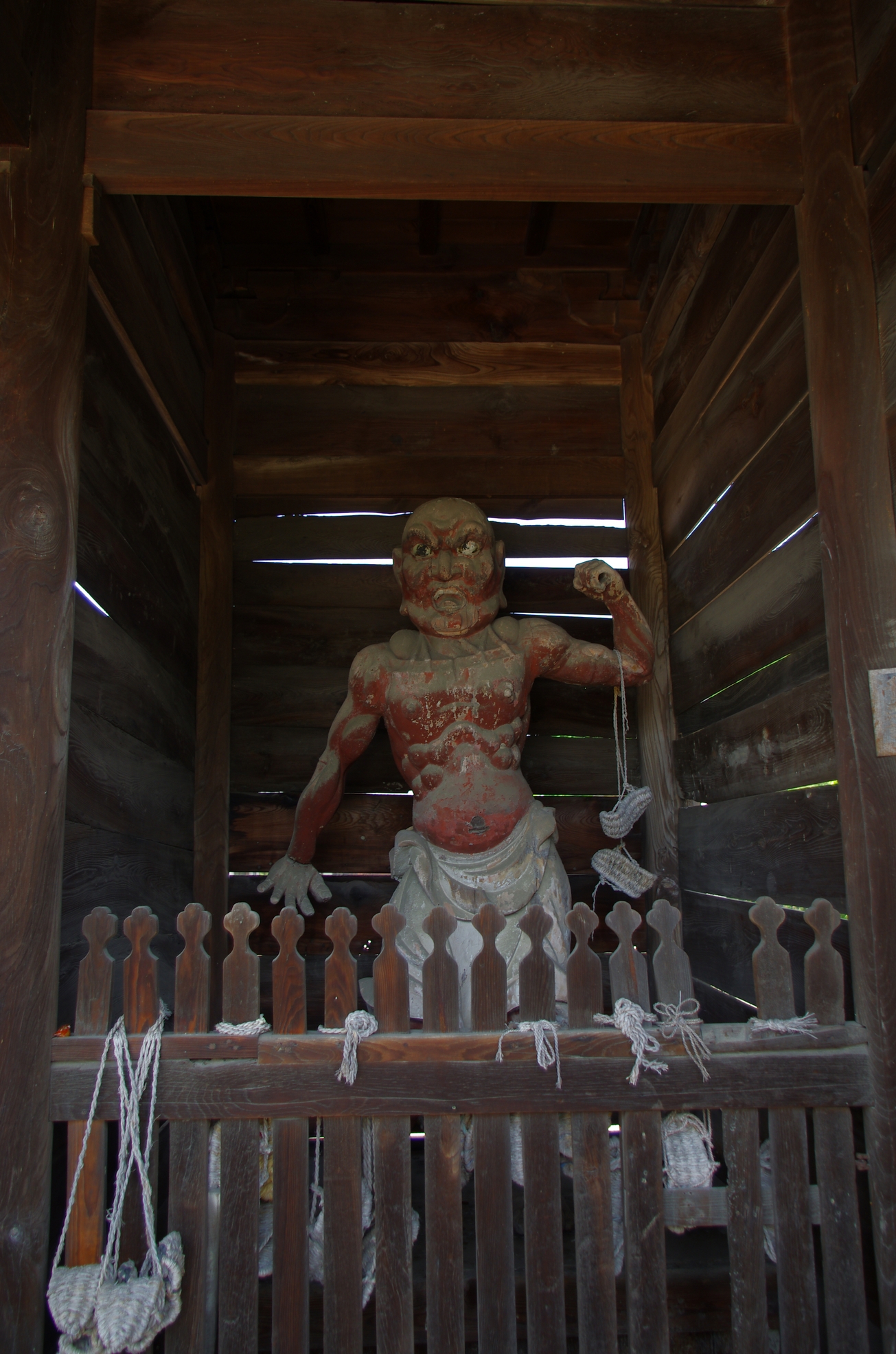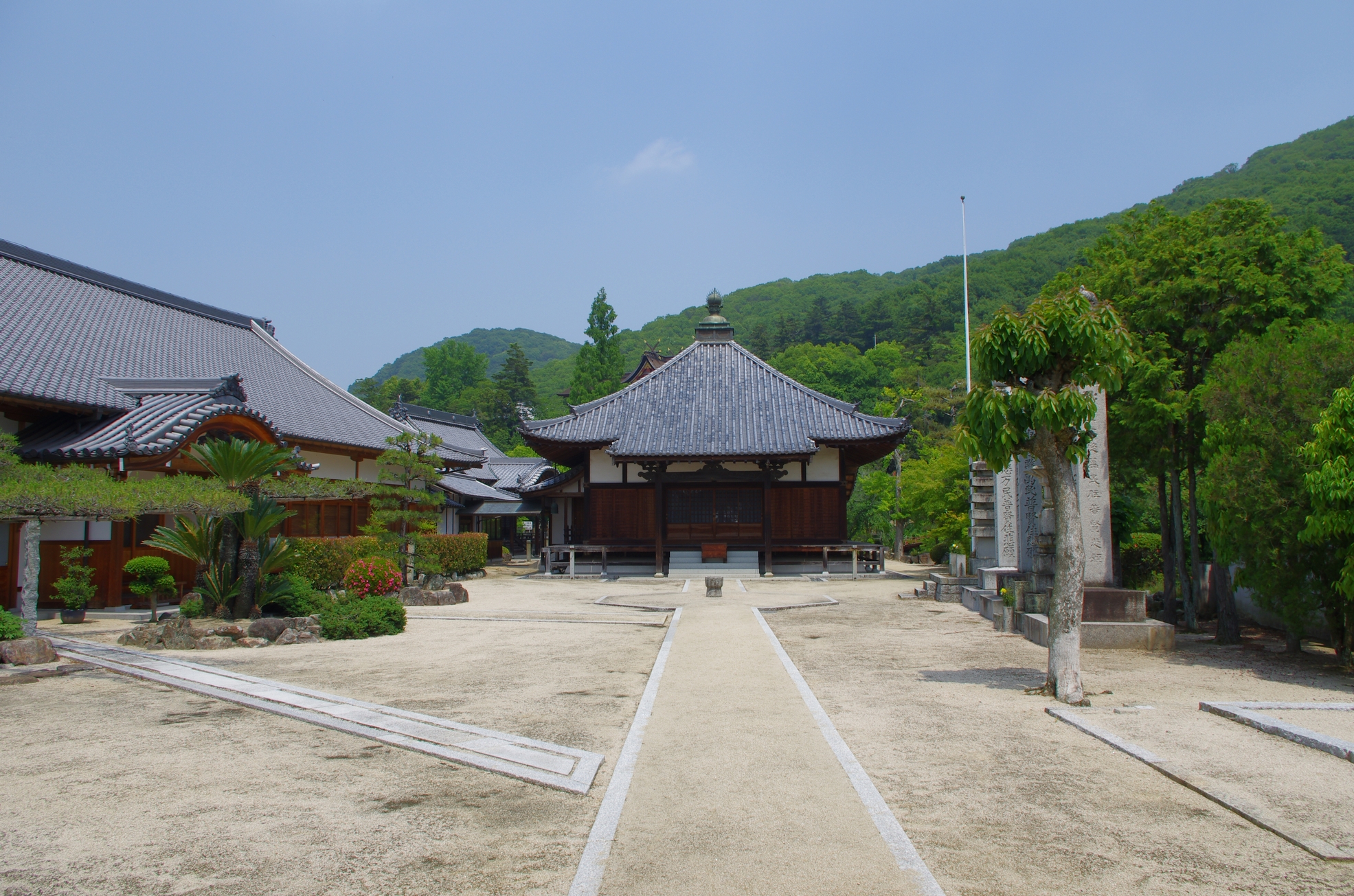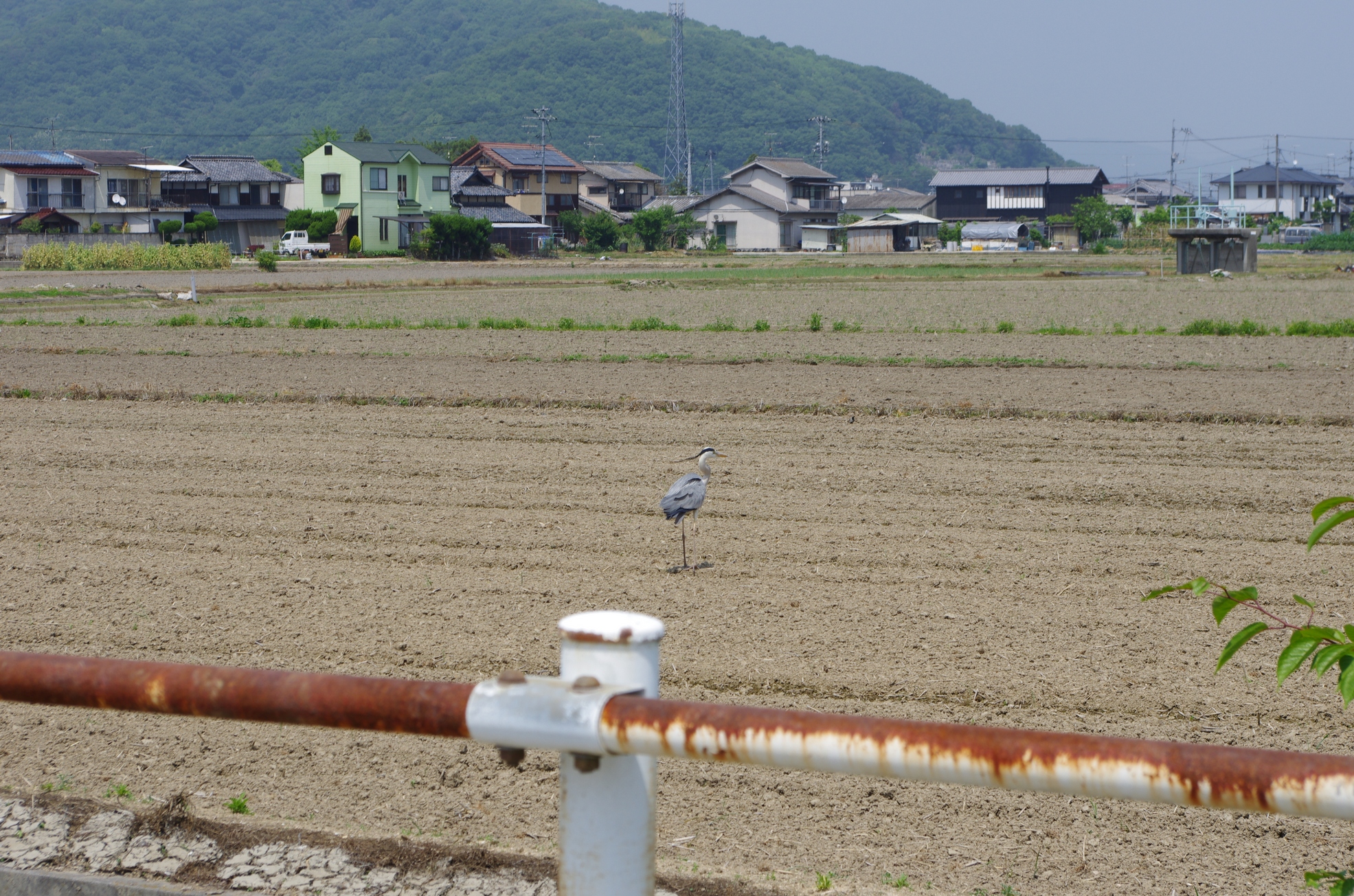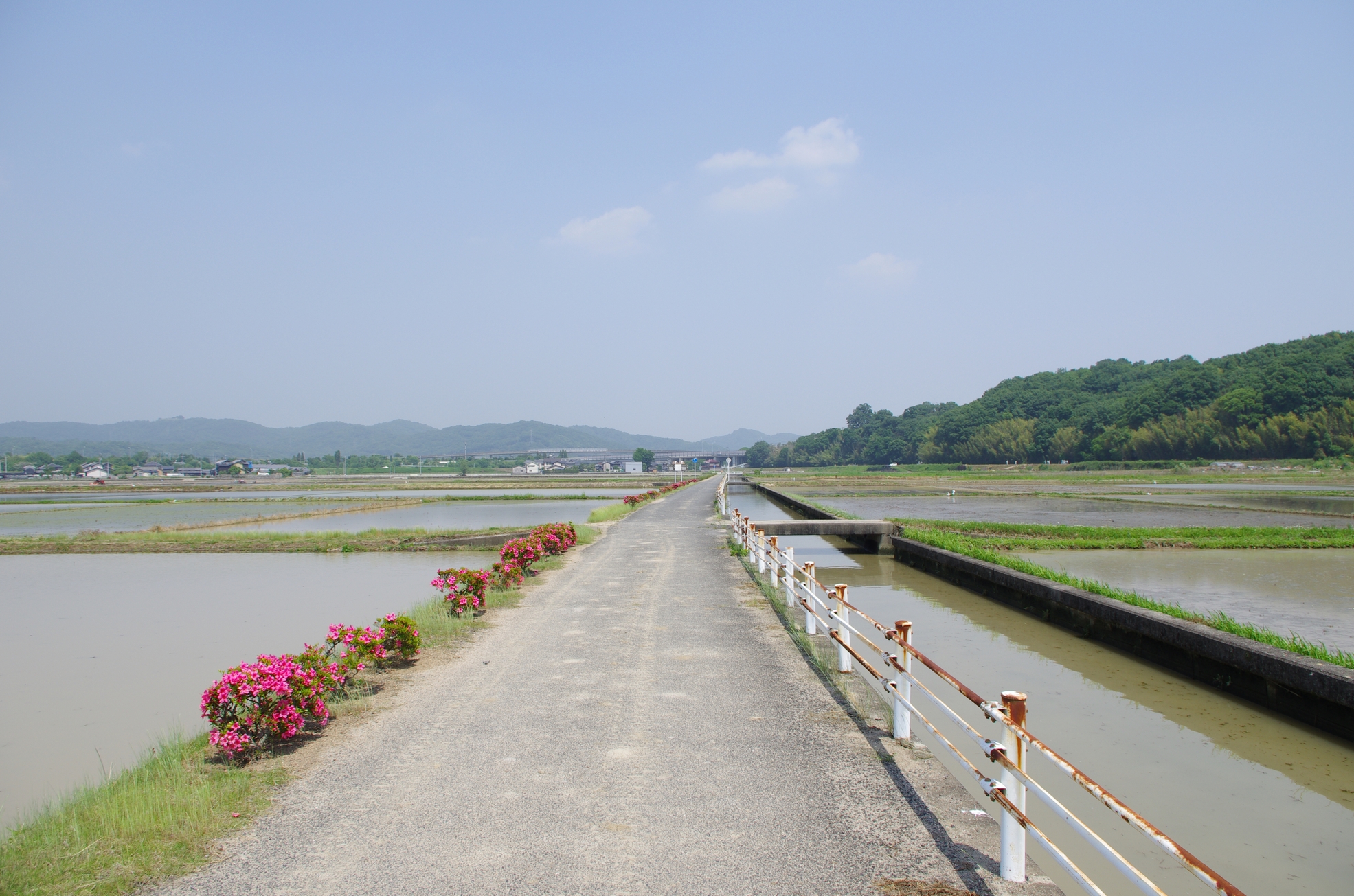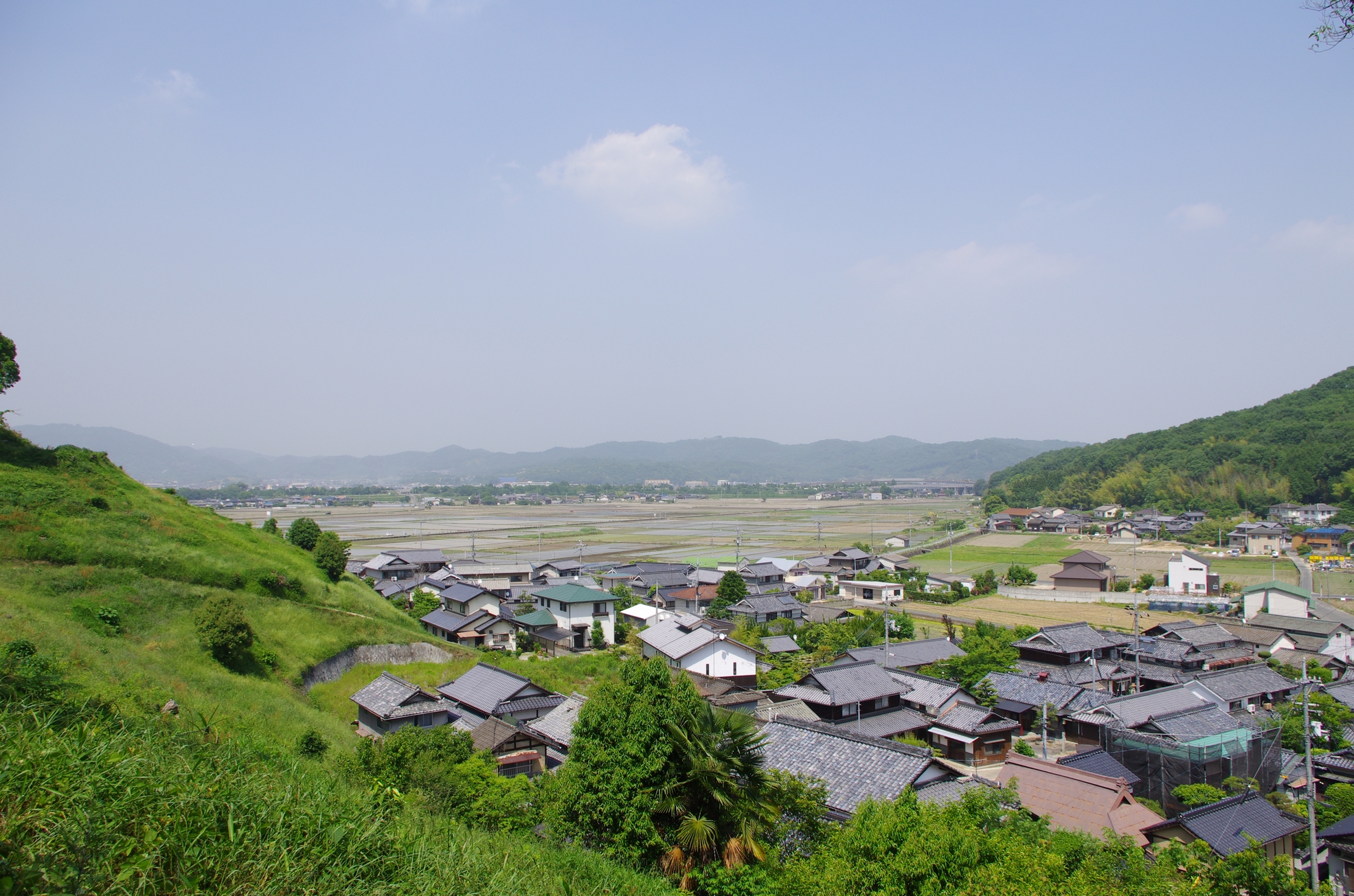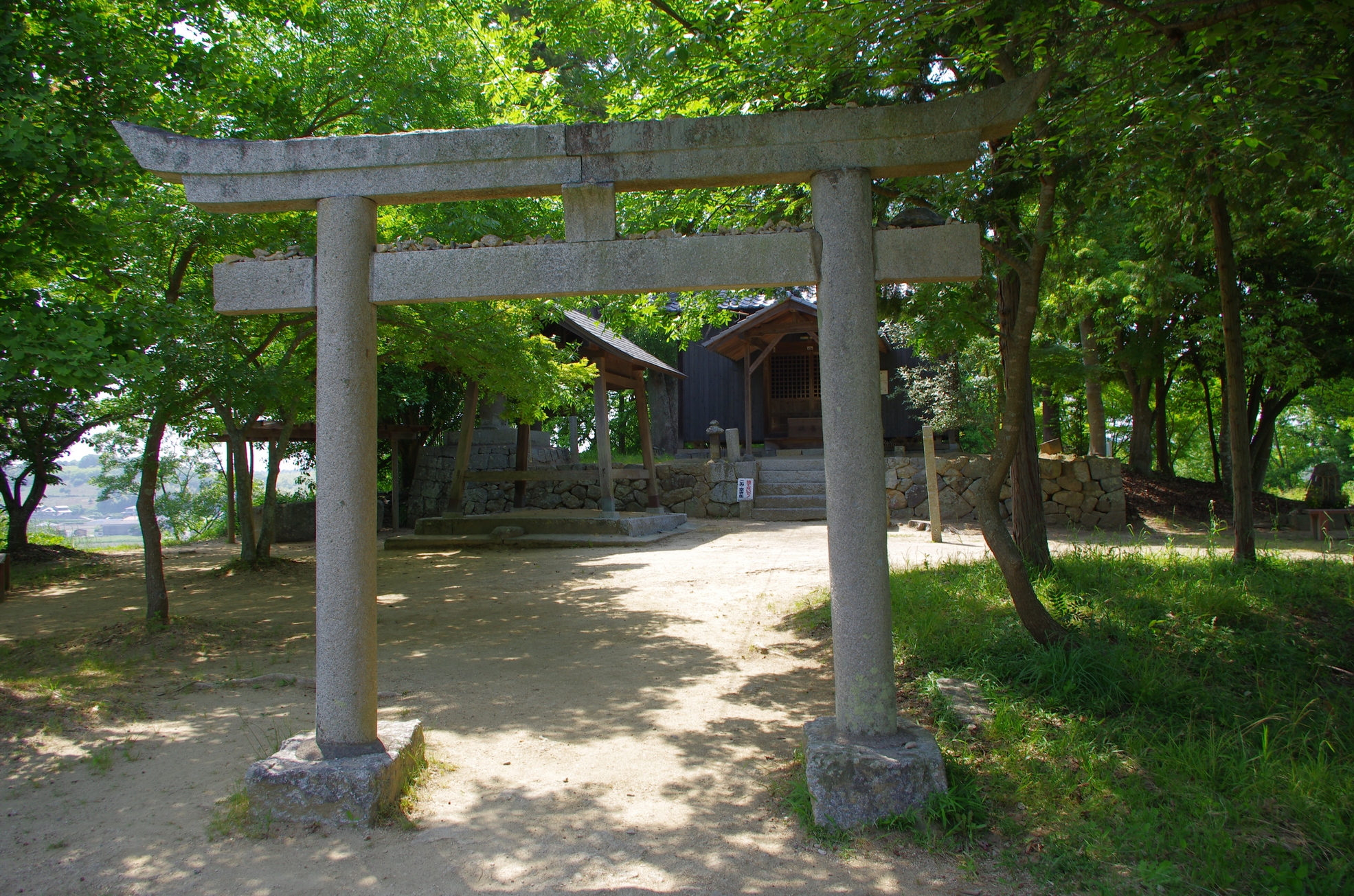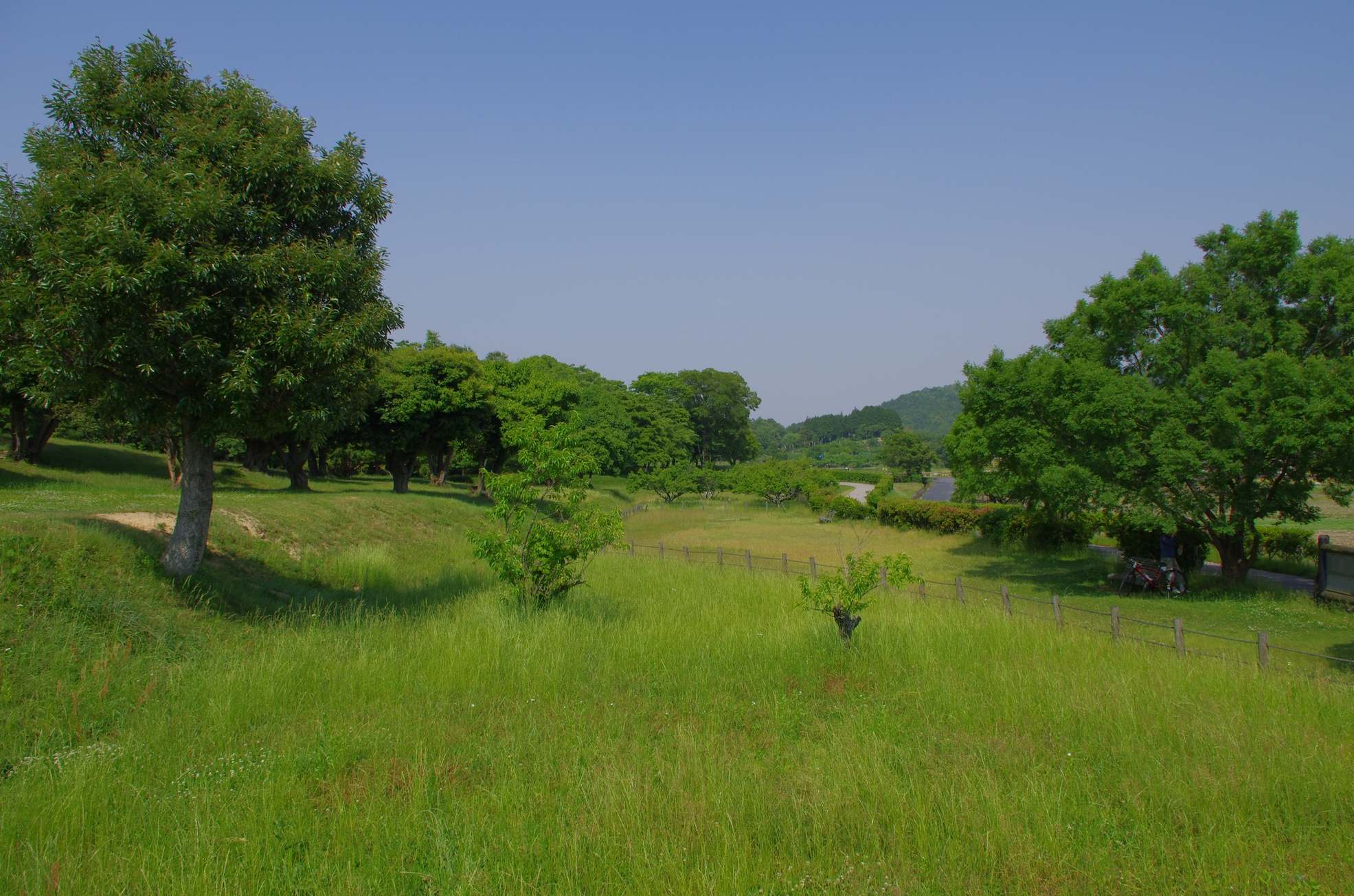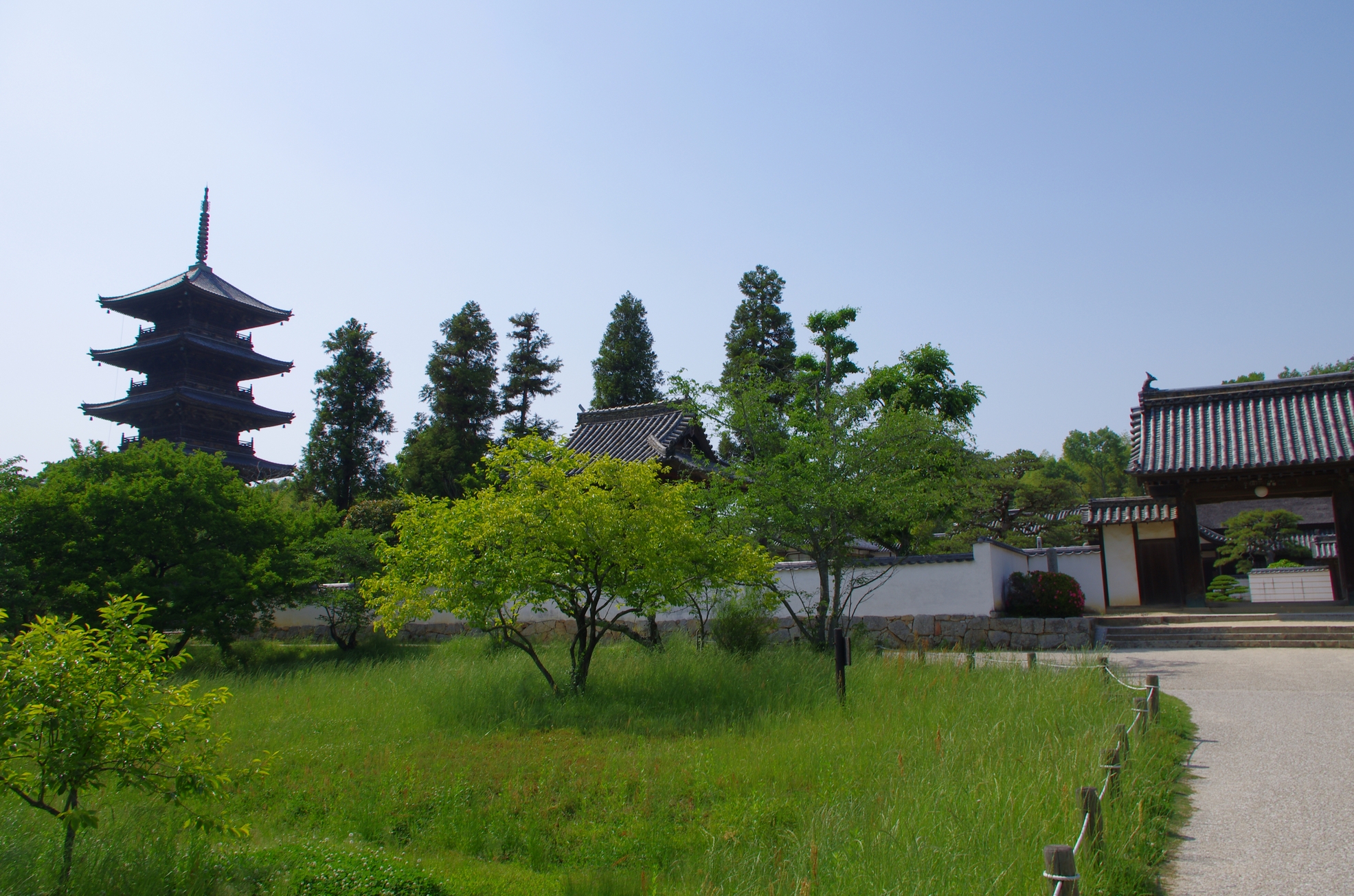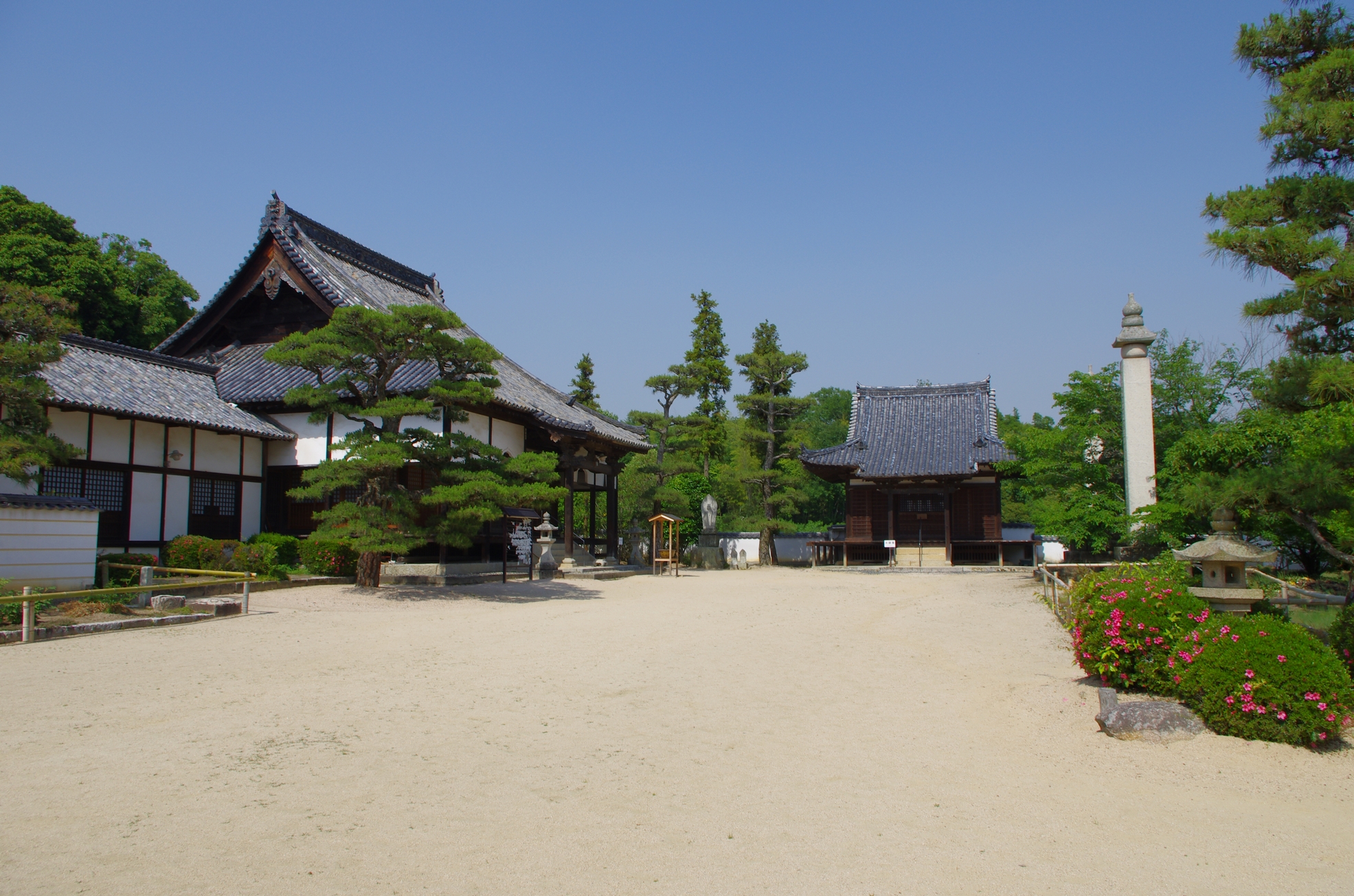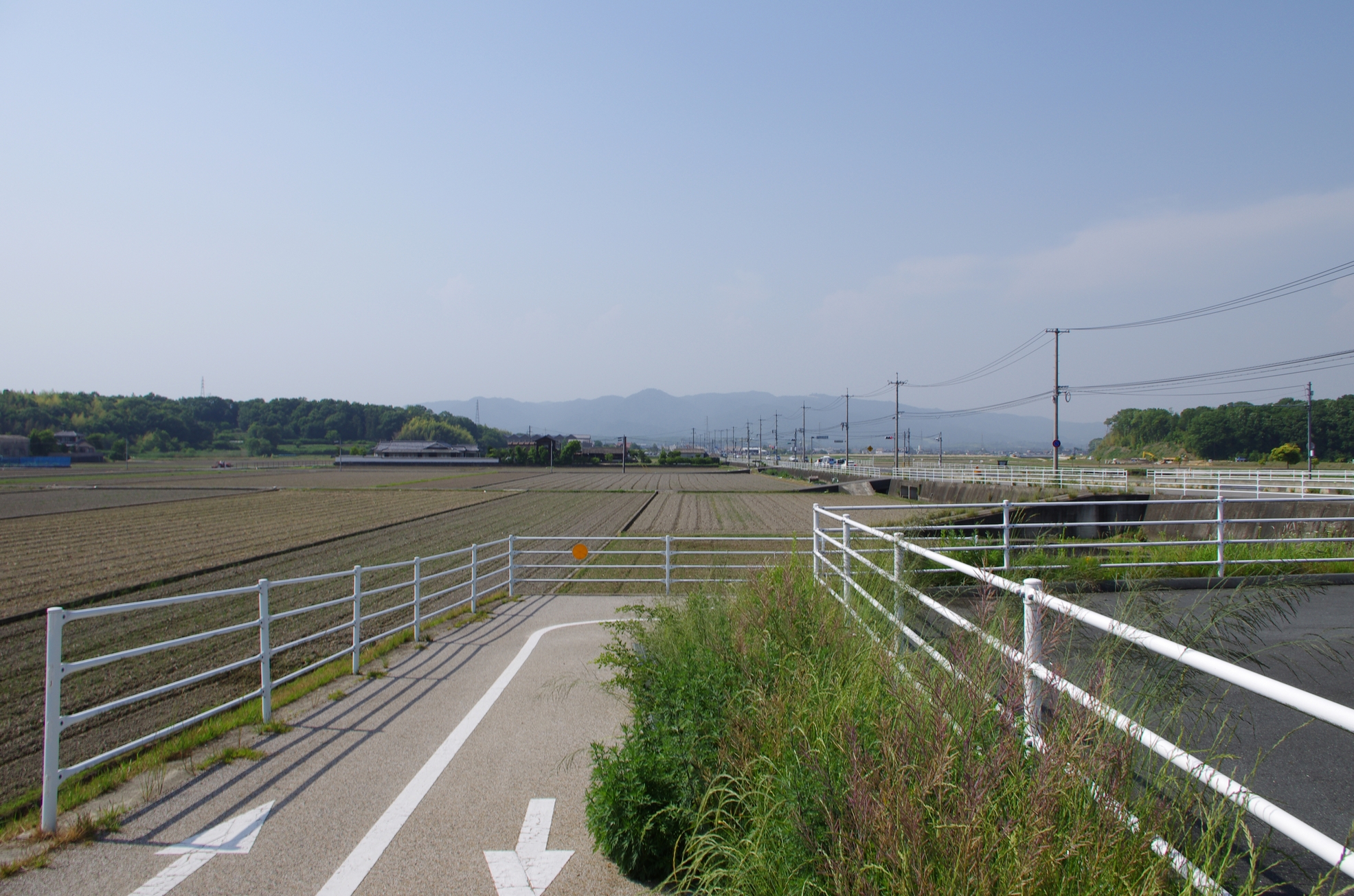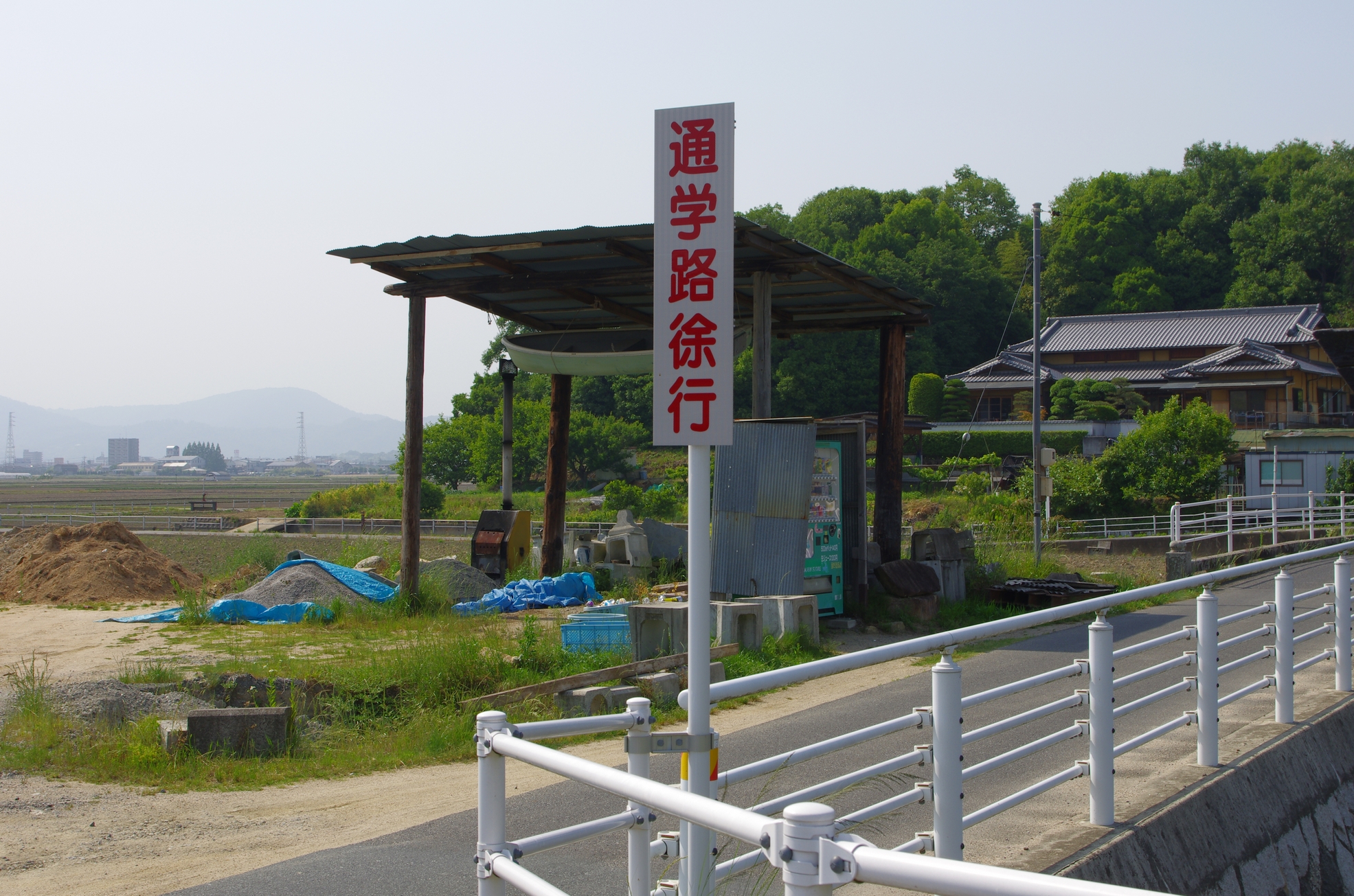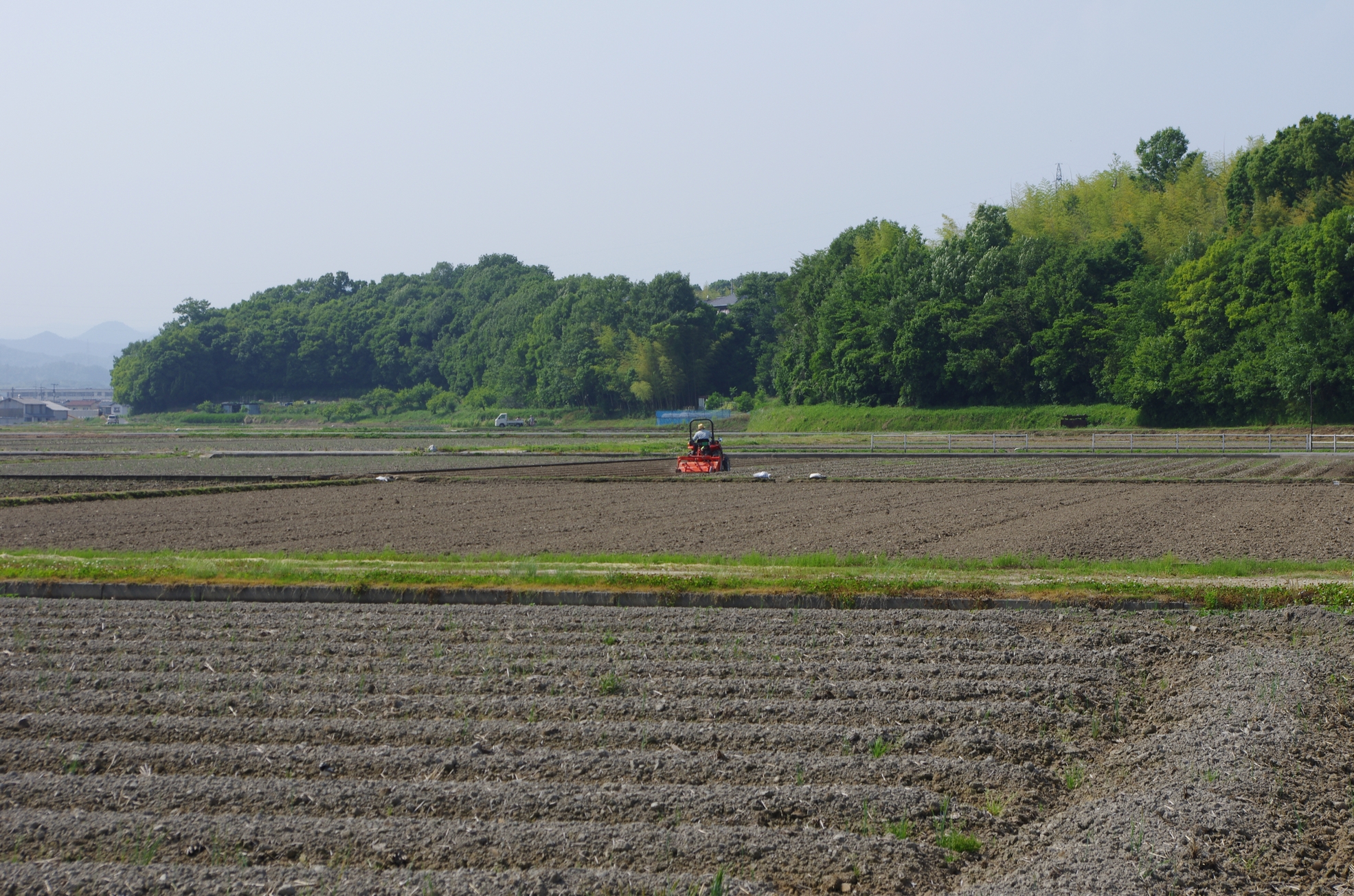EN: Okayama has always been in my plans, local garden belongs to the list of Three Great Gardens of Japan and I didn’t want to miss it. I’ve already visited Kanazawa’s Kenroku-En and I knew that I wouldn’t make it to Mito’s Kairaku-En, therefore this was a must-see in my personal diary. And since Okayama is quite close to Osaka, I had no reason to ignore it, since I purchased the Kansai Wide Area Pass anyway. With this pass I had 4 days to cover its price 7200 yen and I accomplished this just with the trip to Okayama – return ticket from Osaka costs more than 12 000 yen, plus I used the pass on JR lines in the town.
SK: Okayama bola v mojich plánoch už od prvých myšlienok na cestu do Japonska a to z jediného dôvodu – nachádza sa v nej jedna z troch NAJ záhrad v krajine. Keďže Kanazawu som navštívil a Mito z mojich plánov nedobrovoľne vynechávam (spiatočný lístok 40 eur, ešte o tom pouvažujem v mojich posledných dňoch v Tokiu), Okayama bola istá, pričom pozitívnym faktorom je aj jej relatívna blízkosť k Osake. Zadovážil som si JR Kansai Wide Area Pass a mal som teda 4 dni na to, aby sa mi tých 7200 yenov vrátilo. K tomu došlo už pri ceste do Okayamy, keďže spiatočný lístok na Shinkansen stojí viac ako 12 000 yenov, okrem toho som Pass využil aj priamo v meste.
EN: I decided not to visit the castle from the inside – I’ve seen more than enough castles for a lifetime and I didn’t want to waste my time. Koraku-En is located just next to the castle and you can enter it by taking the bridge from under the castle keep. I must admit – I was a little bit disappointed with this garden, it wasn’t as rich as the one in Kanazawa, instead it was really large and it offered massive fields of greenery, which were rather boring. There were several interesting spots, but it was nothing special even in comparison with Sankei-En garden in Yokohama, which I think was more interesting and beautiful. After I walked around the garden I walked back to the train station, from where I took a local train to one of the most interesting tourist attractions I visited – Kibi plain.
SK: Hrad som nafotil iba zvonku, dovnútra sa mi už nechcelo ísť, viem, čo by ma tam čakalo a po tých všetkých predchádzajúcich návštevách som už všetkými informáciami doslova presýtený. Hneď vedľa hradu sa nachádza spomínaná Korakuen Garden, ktorá ma nečakane sklamala. V porovnaní s Kanazawou neponúkala toľko pestrosti, bola skôr orientovaná na veľké plochy (vidno to z fotiek) a relatívne nudné scenérie. Aj v tomto prípade kazili dojem z návštevy svadobčania so svojimi sprievodmi. Spravil som niekoľko kilometrov a pobral som sa späť na železničnú stanicu. Počasie bolo síce skvelé, no na druhej strane bolo +33 v tieni a 75-percentná vlhkosť vzducho, čo spôsobovalo nemalé problémy. Aj napriek tomu som sa ale rozhodol podniknúť posledný plán – Kibi plain na bicykli.
EN: This was one of my best decisions in Japan – again. Japan Guide recommends every visitor to rent the Mamachari bicycle on one station, take the 22 km long route across the Kibi plain and return the bike in the final station. This route is full of interesting places, points of interest and cultural landmarks, including temples and shrines. Plus, the ride on the bike through the local fields gives you an exceptional chance to see how the locals live, mostly farmers and villagers. It was the real, authentic Japanese countryside, with rice fields and people working on them, greeting you while you are slowly riding your bike, enjoying the surroundings. Once you rent the bike in the starting station, you get a little map, but I would recommend a smartphone with Internet connection and GPS, they were much more helpful. Beware as people in all of the mentioned places do not speak English at all, therefore try to prepare some basic Japanese phrases. And because of this trip I finally found out, how unstable the steering on Mamachari bicycles is, which explained quite a lot of weird maneuvers I saw in the streets of Tokyo and Osaka before – it’s a real pain, compared with my mountain bike at least. Anyway – this was one of the most rewarding trip in Japan and just like after visiting Miyajima I felt exhausted, but really happy that I actually decided to undertake it.
SK: Bolo to asi jedno z najlepších rozhodnutí doteraz – užil som si viac ako 22 kilometrov na typickom bicykli mamachari po japonskom vidieku, bolo to ako sonda do života lokálnych ľudí na dedine. Okrem toho boli po trase rozosiate pamiatky, ktoré majú niečo do činenia s istým princom, ktorý je spomenutý v jednom z odkazov vyššie. A hoci som bol po predchádzajúcich asi 8 kilometroch chôdze v páľave zničený, prechádzka na bicykli po planine bola skvelá. Ak chce niekto vidieť naozajstný japonský vidiek s ryžovými poliami, farmami a záhradami, toto je odporúčanie číslo jedna. Trasa je vyznačená viac-menej jasne, pomohlo aj GPS. Bez japončiny ale človek neuspeje, lokálni totiž nevedia po anglicky ani slovo. Na záver – bonusom bolo, že som konečne pochopil, prečo všetci cyklisti na mamachari vyzerajú, ako keby nevedeli udržať rovnováhu – tie mašiny sa totiž riadia naozaj strašne zle a to mám už na bajku kadečo odjazdené…Fotky sa mi upravovať nechcelo, sú, aké sú z mojej amatérskej dielne.
